 Abraham Lincoln
If given the truth, the people can be depended upon to meet any national crisis...
Abraham Lincoln
If given the truth, the people can be depended upon to meet any national crisis...
 Guildford news...
for Guildford people, brought to you by Guildford reporters - Guildford's own news service
Guildford news...
for Guildford people, brought to you by Guildford reporters - Guildford's own news service
Birdwatcher’s Diary No.127
Published on: 18 Jan, 2017
Updated on: 18 Jan, 2017
By Malcolm Fincham
A contrast in weather conditions to welcome the new year did eventually lead to some sunny days and good photographic opportunities.
I spent a few hours on New Year’s Day (a wet and overcast afternoon) at Guildford’s Riverside Nature Reserve, trying to justify what has become my annual ritual of starting afresh on which species I can see and add to another year count for 2017.
To my delight, a prearranged trip to the Isle of Sheppey in Kent the following day, with a small group of keen ‘birders’ (and good friends), brought with it, by contrast, a spell of glorious sunshine.
Clear blue skies even produced some unusual cloud-like formations.
Our first port of call there was Elmley Marshes, not far from the River Swale road crossing, where looking back, a view of both the new and old bridges on to the island can be seen.
More of interest to me however was almost immediate views of at least four distant marsh harriers as we drove into the entrance to the reserve. It wasn’t long before a few flew, nearer to view, close enough for me to ‘snatch’ a few shots with my camera.
A pair of common buzzards sat like centurions guarding a gate that seemed to lead to nowhere.
Although lapwings were willing to remain near enough for decent pictures.
And even a kestrel posed on a mound, in the sunshine.
Most of my photos that day were mainly distant and ambitious record shots. These included ‘picking out’ a flock of more than 150 golden plovers in front of some brent geese. And a distant shot of a large flock of avocets.
Wildfowl were abundant, large flocks of wigeon and teal could be viewed in a large murmuration. Often having been spooked into flight by a passing bird of prey.
Still on Sheppey, later we moved on to Harty Marshes.
Mixed flocks of fieldfares and redwings roamed in congregations, with at least a score of them, close to view, seeking berries to feed on.
While a covey of red-legged partridges stayed close to the cover of the hedgerows.
Although much of the views that day were distant ones, including a ring-tail hen harrier, too distant to photo, three distant ruff and a flyover of 30 or so corn buntings that all remained beyond the focus of my camera.

The Moon and Venus (just below, to the right) appear over ‘raptor view point’ in the evening sky at Harty Marshes.
What was a marvellous day of sightings was enjoyed by all, as we ended the day at the ‘raptor view-point’. Surveying the surrounding landscape, while the temperatures rapidly dropped and the sun disappeared over the horizon, reminded us it was time to go home.
Joy turned to anguish, however, when my friend’s car decided to break down on the M25 a few miles from the A3. Fortunately, having spent close to four hours standing behind the safety of the barriers in the cold night air, the company that claims to be the ‘fourth rescue service’ finally arrived to tow us home.
Undaunted by the sufferings of the event’s trials and tribulations, and taken a day to conquer the nightmare of our journey back to Guildford, and allowing the bones to thaw out from the ordeal, it was back on the road again. This time in a back-up vehicle and in the direction of Farlington Marshes in Hampshire. This was the hope of ‘clocking up’ a few more species to add to my 2017 year list. The majority of birds of which I had seen ‘last year’ – just a week or so ago on my previous visit.
A cloudless sky and little to no breeze on our arrival there allowed some great opportunities to ‘wield’ our cameras. At the far side of the main lagoon, a good 50 or more avocets were showing well. Although seeing a large flock of them on Sheppey, it was a delight to get some closer views.
While pintails could be seen, closer to view, and in good number counting at least 200 around the reserve, with a cracking selection in view on the lagoon.
Along with plenty of wigeon. And even a few gadwall to add to the year list.
A few bearded tits were once again playing hard to see in the reed beds. And after many attempts to get one in focus, and although not an adult male, I was eventually reasonably happy with a few of the results.
Arriving at the area by the information hut, I was alerted to sound of a kingfisher, pointing it out to an elated group of people, as it flew quite high over the track, disappearing into the reeds behind the hut.
To my own delight, I relocated it in the reed bed and even managed to get a few reasonable record shots as it perched in the reeds.
Along the stream leading toward the hut we also picked out a spotted redshank in its winter plumage, to add to my year list.
As well as the more ‘common’ redshank as it flew by.
Also adding to the ‘year list’ were: a ringed plover feeding in the harbour while the tide was out.
A common snipe.
Along the harbour a rock pipit flitted back and forth from the brambles to the seawall.
While, as on my previous visit, a raven sat out in the field.
Always a favourite for me during recent winters at Farlington, is the chance of a sighting of a short-eared owl. Once again we didn’t leave disappointed.
Crepuscular https://en.wikipedia.org/wiki/
To add to our admiration, on this occasion, two appeared, briefly interacting as they rose over the marshes.
Seeing one of them return to quarter the fields, allowed me a few ‘in-flight’ shots.
Finding a small bush, barely stable enough to take its weight, it perched in the bright sun. And there it remained, still sunbathing, at the time we had to call it a day.
Continuing with my synopsis of sightings during the first two weeks of January, and while on more local venues within the Surrey borders, included a visit to Thursley Common.
A pleasant walk across the bare but atmospheric winter landscape was brightened by opportunistic gorse bushes attempting to break into bloom, as their yellow flowers glistened in the sunshine.
A little time and patience allowed me a few chance pictures as I traversed the heathland, while taking in healthy heathland smells and views. A small group of four meadow pipits appeared from the heather to perch in a bare birch tree.
Fortune came my way with a number of Dartford warbler sighting along the way.
Stonechats sat like lookouts on their various perches.
A wren briefly appeared from the undergrowth, scurrying around for a short while, before skulking, back out of sight.
Even a robin made an inquisitive appearance, poking its head over a gorse bush to check me out.
The highlight of the afternoon occurred when arriving at the base of ‘shrike hill’.
I was rather hopeful of spotting the wintering great grey shrike, although since the start of the new year it had so far eluded me.
Looking out towards the boardwalk that runs alongside Pudmore Pond, I caught sight of what I first thought might be a merlin, chasing prey. Closer observations, through my binoculars, as well as a few record shots, soon confirmed, that it was in fact, the great grey shrike.
The great grey shrike (northern shrike) is also known as the butcher bird. It is renown for catching small rodents and beetles, and so on, and to hang them on spikes of shrubs or trees – like a butcher using meat hooks and hanging meat in a larder for later consumption.
Continuing my walk, I met up with three young lads that had been fortunate enough to get ‘ringside’ views of the chase. Although not avid birdwatchers, they got impressive views, with one of them claiming it was quite possibly a warbler the shrike was chasing.
Heading back to the ‘moat car park’ while reluctantly guessing their sighting was probably a Dartford warbler. I re-sighted the shrike as it perched on some overhead cables at the edge of the heathland.
Staying local in the days leading up to the middle of the month, I managed to add a couple more new year sightings. Two ring-necked parakeets, that appeared to have already paired up.
A group of yellowhammers topping up on seeds in a friend’s garden.
Several sightings of red kites locally and a marsh tit on a garden feeder.
Along with several coal tits, distinguishable at a glance, from the marsh tit, by their white wing bars.
A song thrush.
And even a close-up view of a goldcrest.
And even some glorious sunsets.
As we neared the end of the second week of January, temperatures briefly dipped again.
A short falling of snow followed by a sharp frost on January 12 allowed me a few scenic shots of some of the more rural landscapes surrounding Guildford, the following day.
And even a few sightings and photos of one of ‘my’ local kingfishers. One was taking advantage of some still ice-free waters.
As brightly coloured as they are, often a keen eye is needed to spot them before they take flight. As it flew up and down the lake, picking out some of its favourite perching points to hunt, I managed to catch a few more shots, while it remained unaware of my observations.
A grey wagtail also arrived on the scene,at the lakeside as the dusting of snow started to thaw in the bright sunshine.
It allowed a small group of redwings to check out the ground for worms.
And even a mistle thrush joined in.
My favourite sighting during the brief snowy spell was a small group of alpacas. Looking snug and warm in their woolly outfits, watching me shiver as I snapped a few shots of them.
While two of them nuzzled each other in content.
Responses to Birdwatcher’s Diary No.127
Leave a Comment Cancel replyPlease see our comments policy. All comments are moderated and may take time to appear.
Recent Articles
- Guildford Institute’s Crowdfunding Project for Accessible Toilet in its New Community and Wellbeing Centre
- Letter: Guildford – Another Opportunity Missed?
- Letter: GBC’s Corporate Strategy – Where Is the Ambition?
- My Memories of John Mayall at a Ground-breaking Gig in Guildford Nearly Six Decades Ago
- Westborough HMO Plans ‘Losing the Heart of the Street’ Says Resident
- College Invests to Boost Surrey’s Economy and Close Digital Skills Gap
- Community Lottery Brings Big Wins for Local Charities
- GBC Housing Plan Promises ‘A Vibrant Urban Neighbourhood’ Near Town Centre
- Hospital Pillows ‘Shortage’ at the Royal Surrey
- Updated: Caravans Set Up Camp at Ash Manor School


Recent Comments
- Ian Macpherson on Updated: Main Guildford to Godalming Road Closed Until August 1
- Sara Tokunaga on GBC Housing Plan Promises ‘A Vibrant Urban Neighbourhood’ Near Town Centre
- Michael Courtnage on Daily Mail Online Reports Guildford Has Highest-paid Council Officer
- Alan Judge on GBC Housing Plan Promises ‘A Vibrant Urban Neighbourhood’ Near Town Centre
- John Perkins on GBC Housing Plan Promises ‘A Vibrant Urban Neighbourhood’ Near Town Centre
- S Collins on GBC Housing Plan Promises ‘A Vibrant Urban Neighbourhood’ Near Town Centre
Search in Site
Media Gallery
Dragon Interview: Local Artist Leaves Her Mark At One of England’s Most Historic Buildings
January 21, 2023 / No Comment / Read MoreDragon Interview: Lib Dem Planning Chair: ‘Current Policy Doesn’t Work for Local People’
January 19, 2023 / No Comment / Read MoreA3 Tunnel in Guildford ‘Necessary’ for New Homes, Says Guildford’s MP
January 10, 2023 / No Comment / Read More‘Madness’ for London Road Scheme to Go Ahead Against ‘Huge Opposition’, Says SCC Leader
January 6, 2023 / No Comment / Read MoreCouncillor’s Son Starts Campaign for More Consultation on North Street Plan
December 30, 2022 / No Comment / Read MoreCounty Council Climbs Down Over London Road Works – Further ‘Engagement’ Period Announced
December 14, 2022 / No Comment / Read MoreDragon Interview: GBC Reaction to the Government’s Expected Decision to Relax Housing Targets
December 7, 2022 / No Comment / Read MoreHow Can Our Town Centre Businesses Recover? Watch the Shop Front Debate
May 18, 2020 / No Comment / Read More




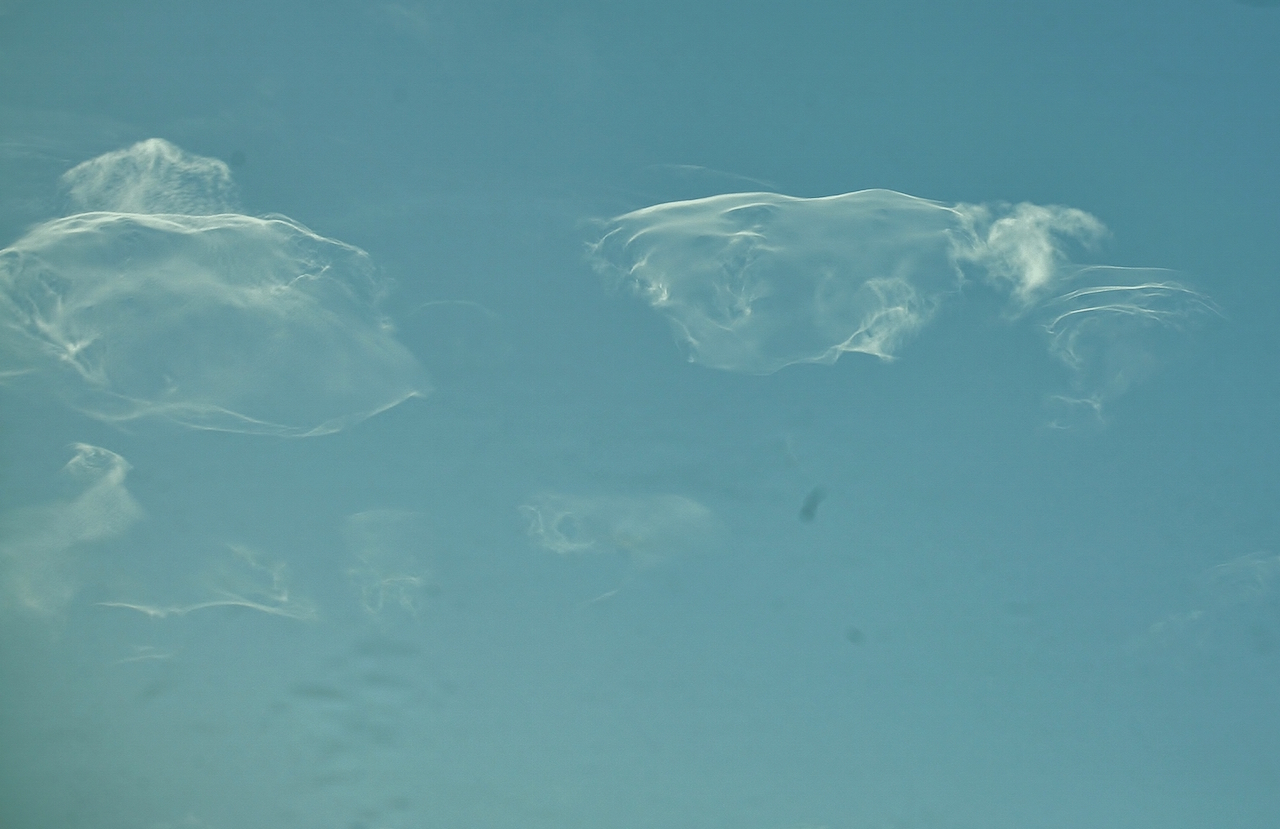
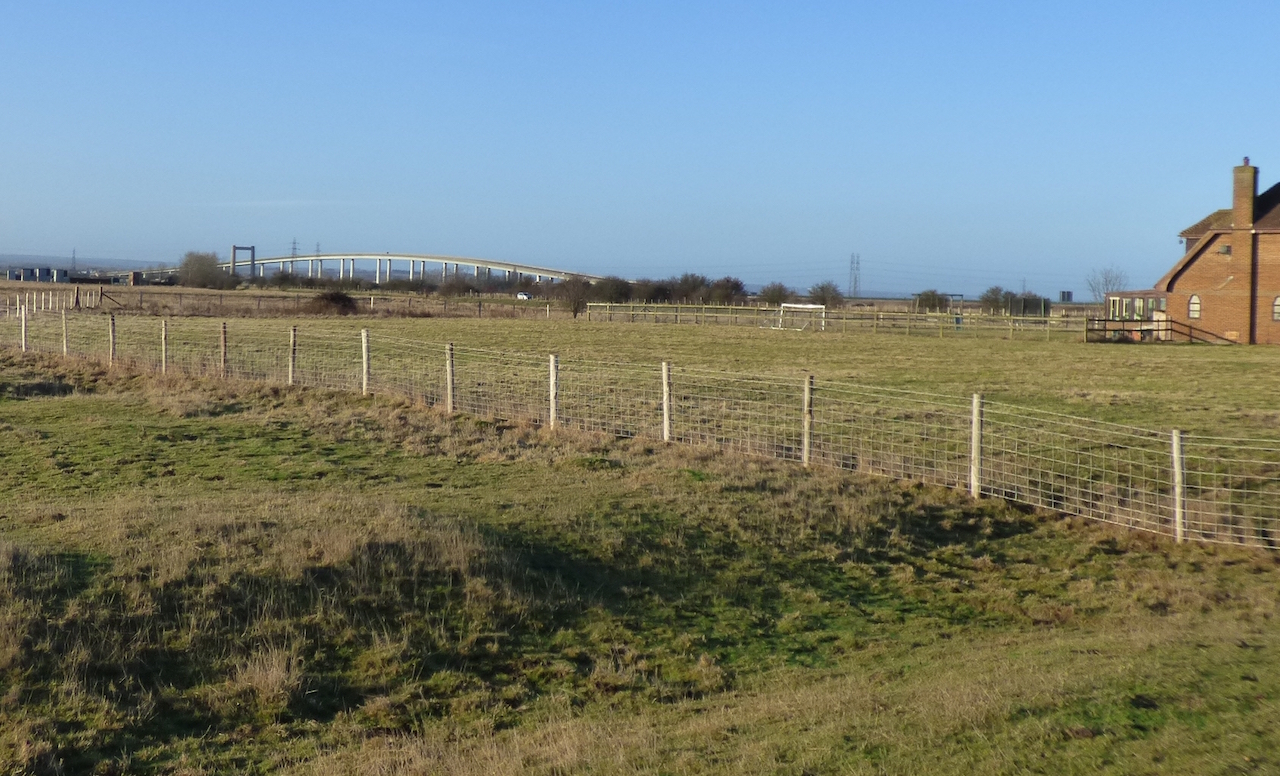

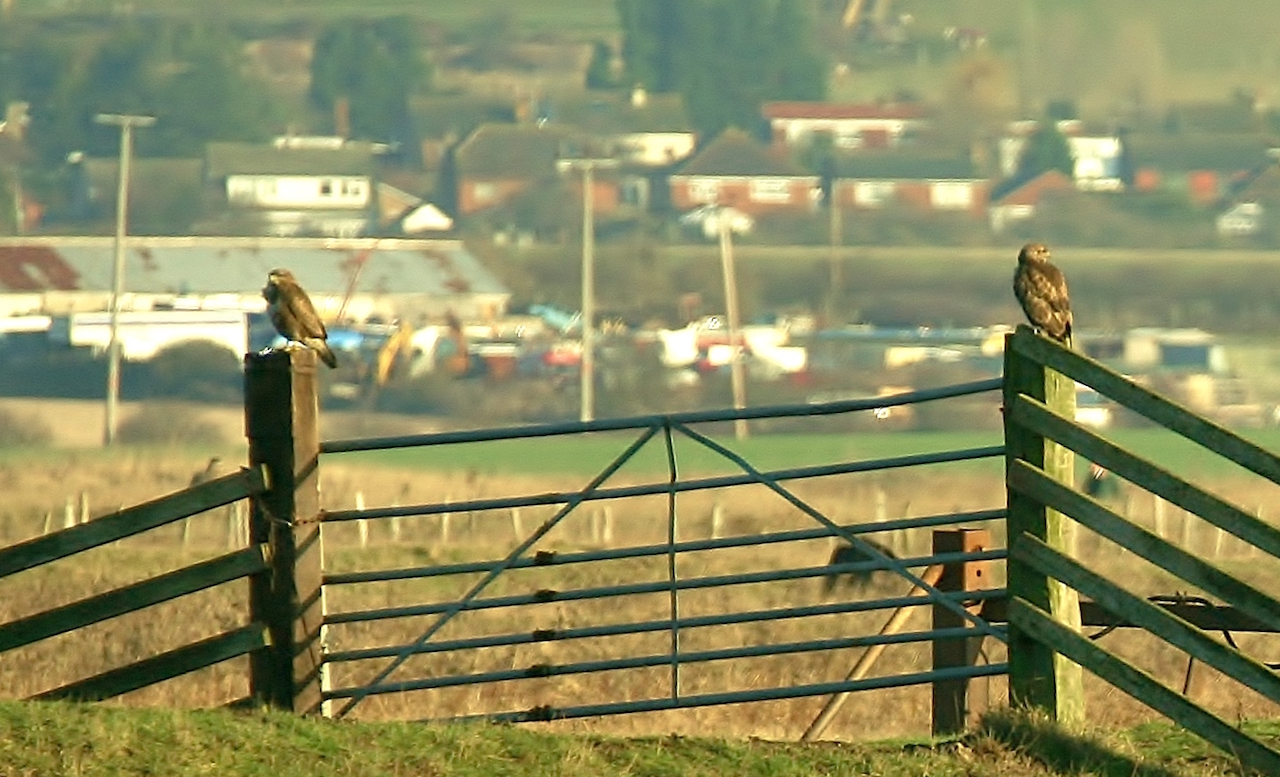
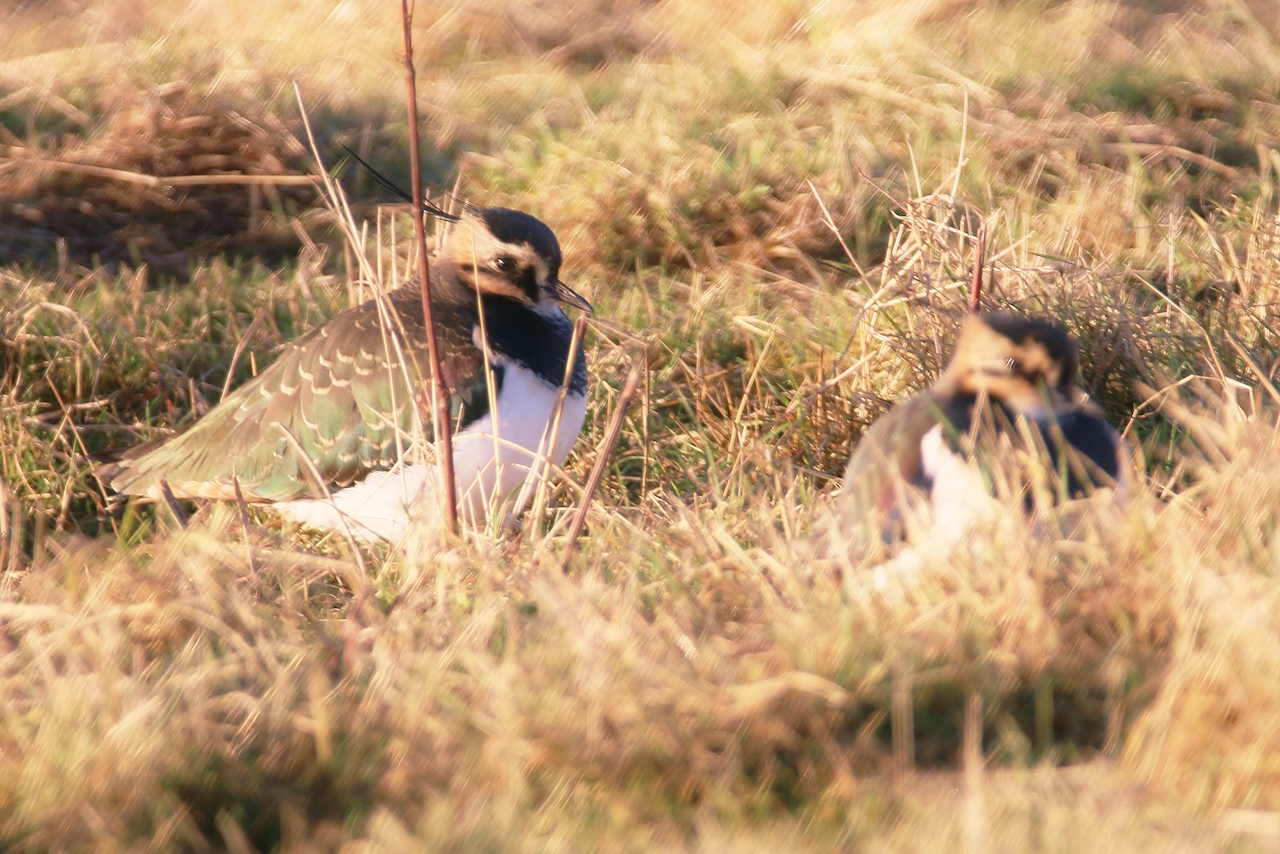
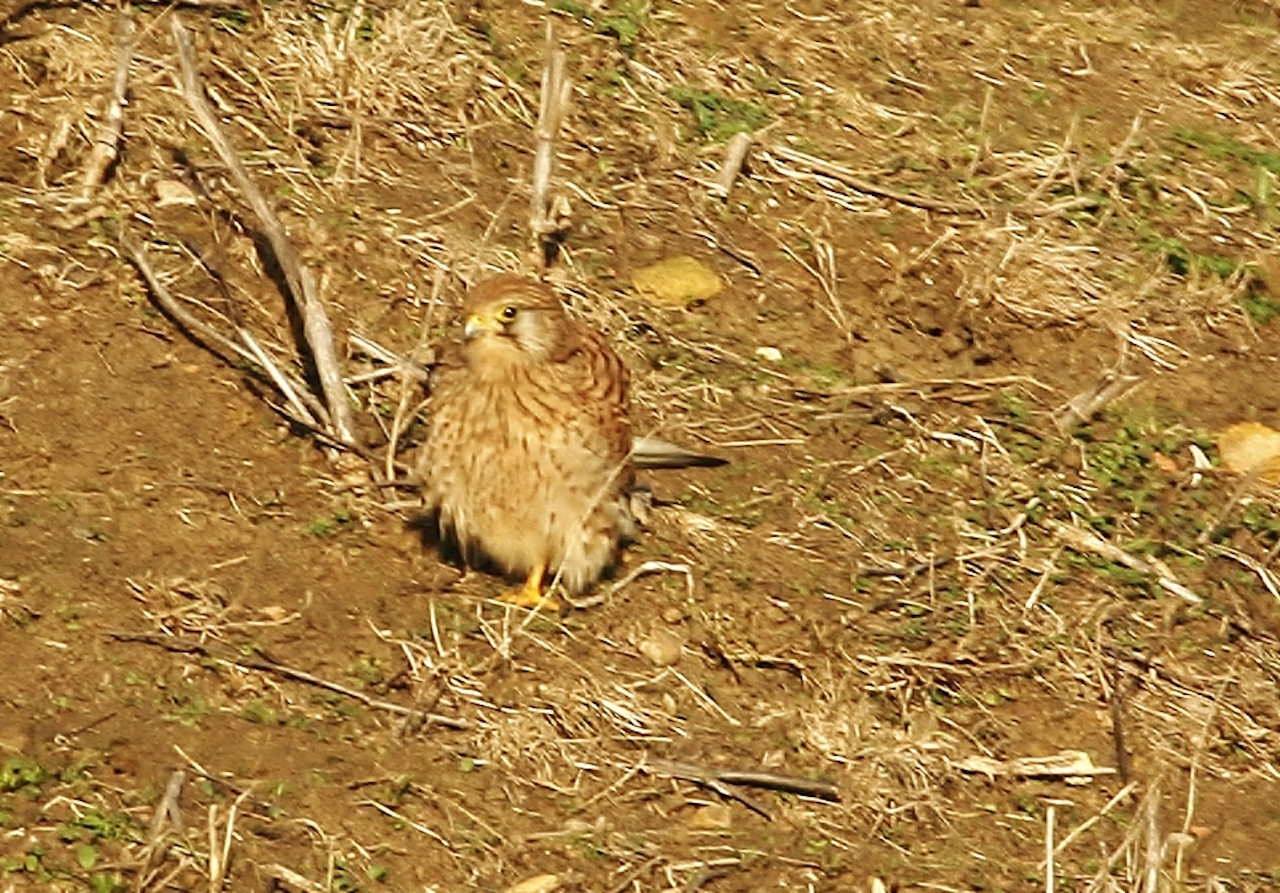
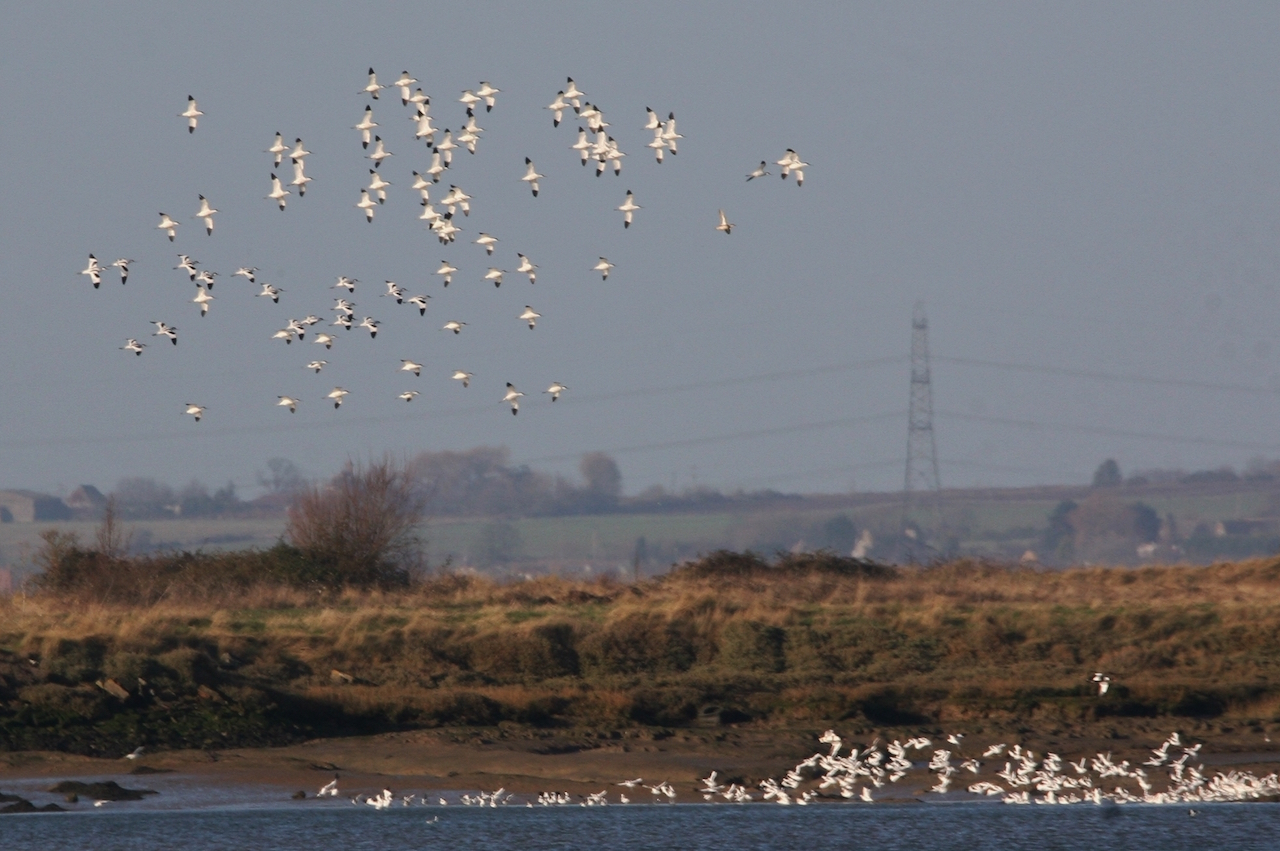
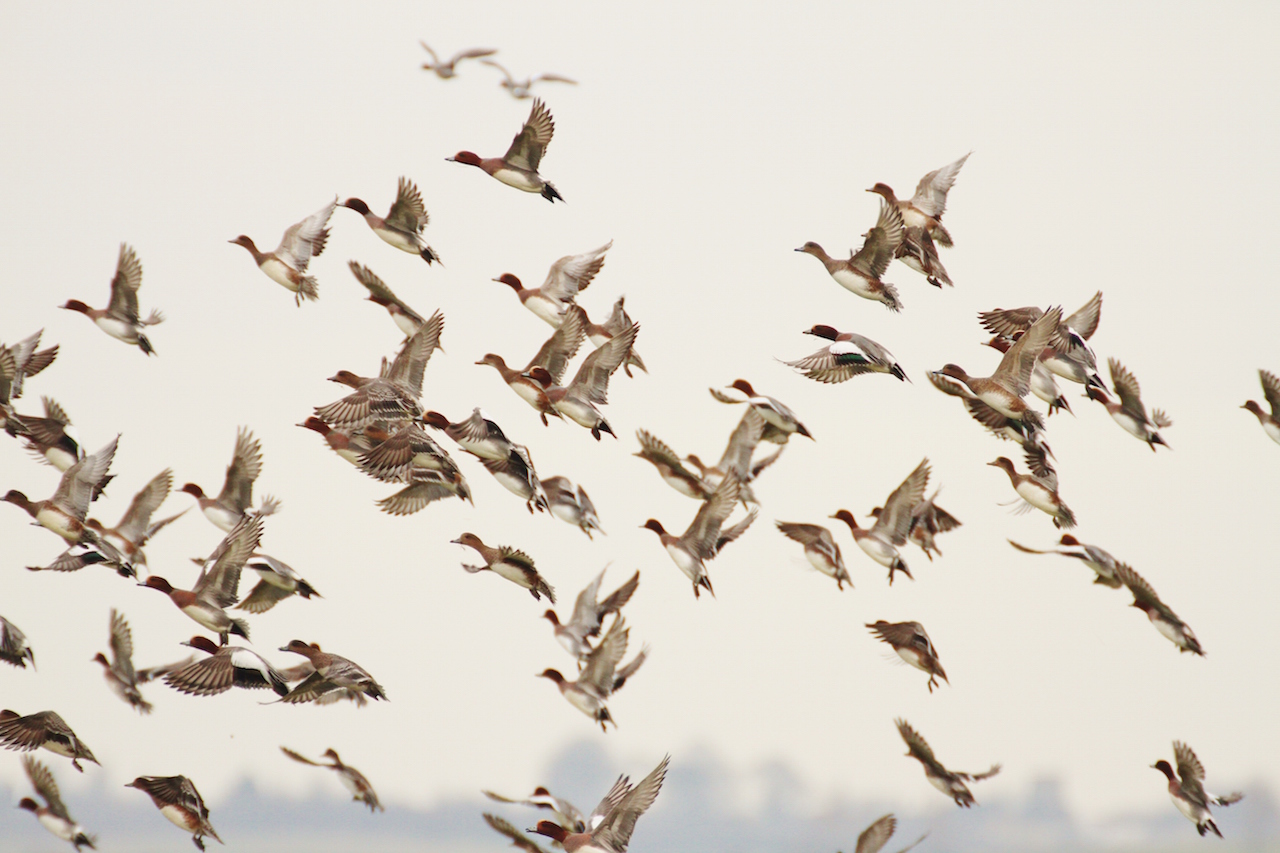
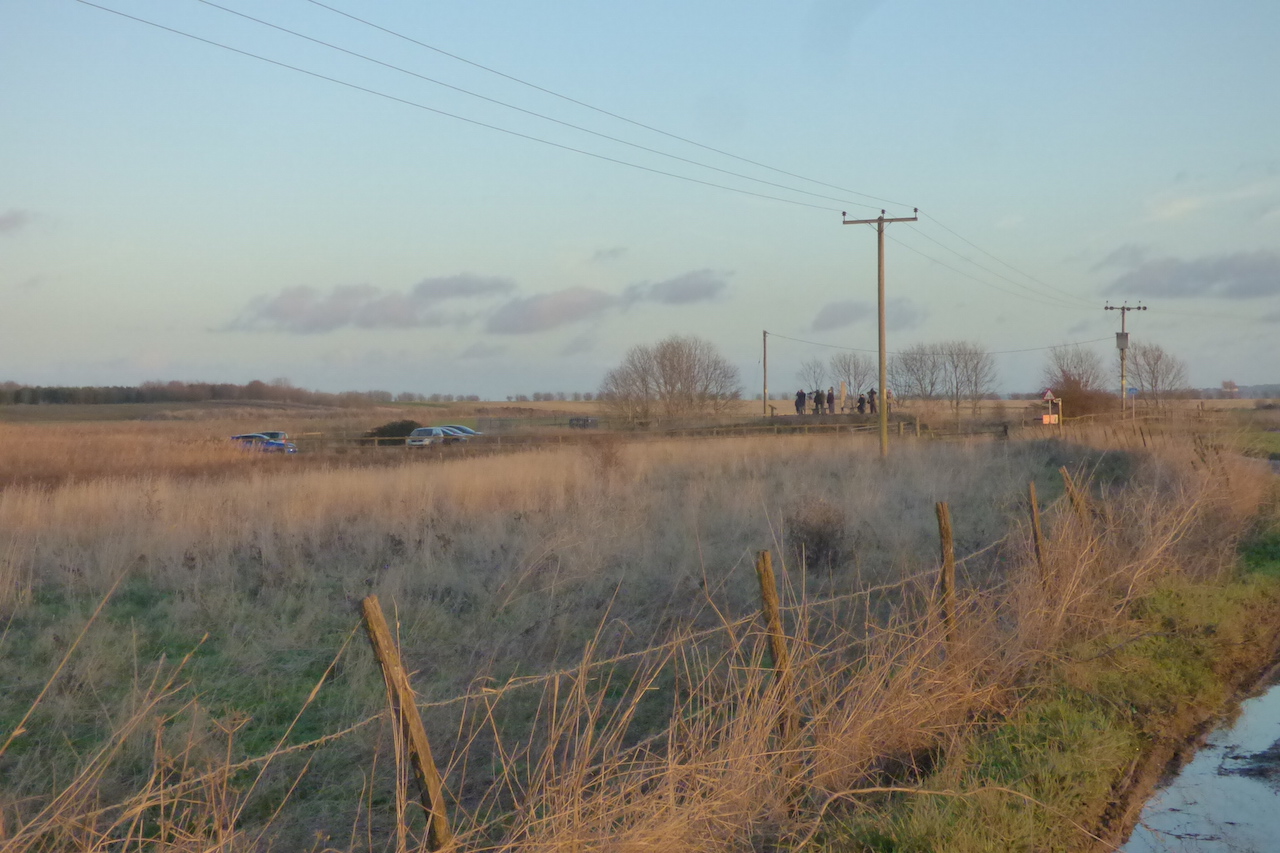
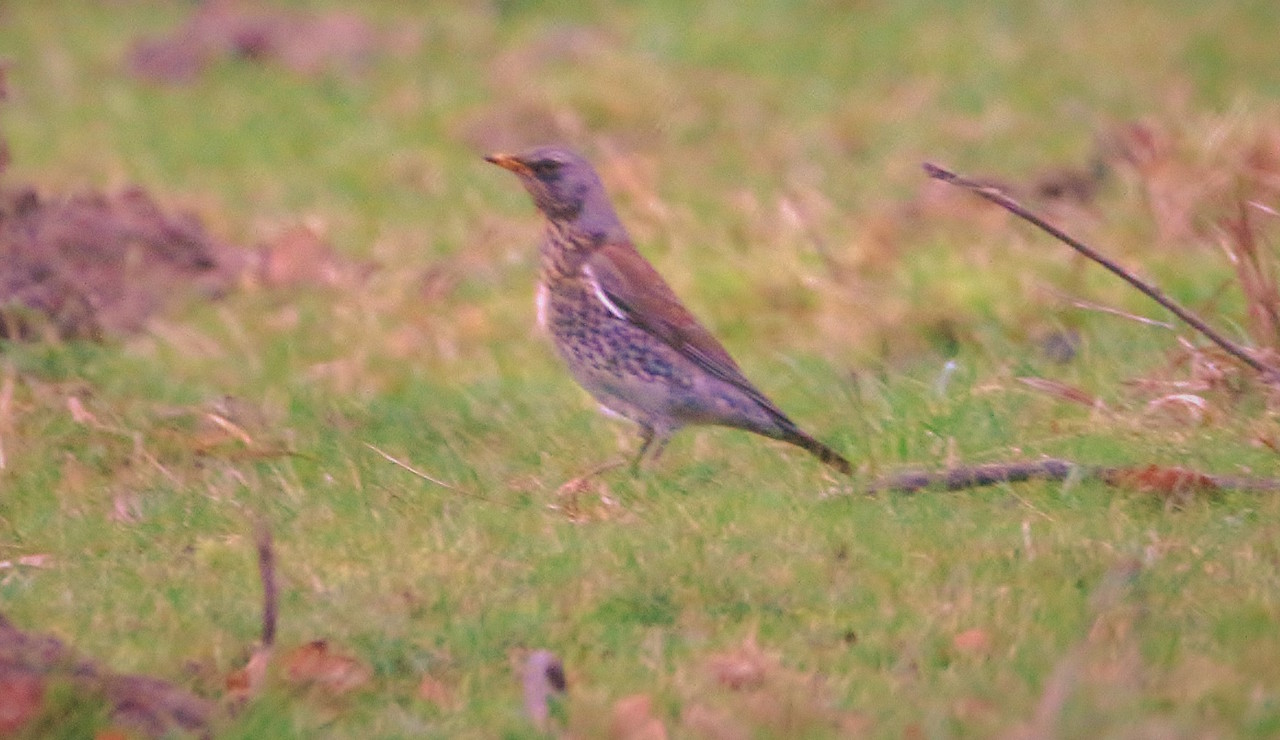



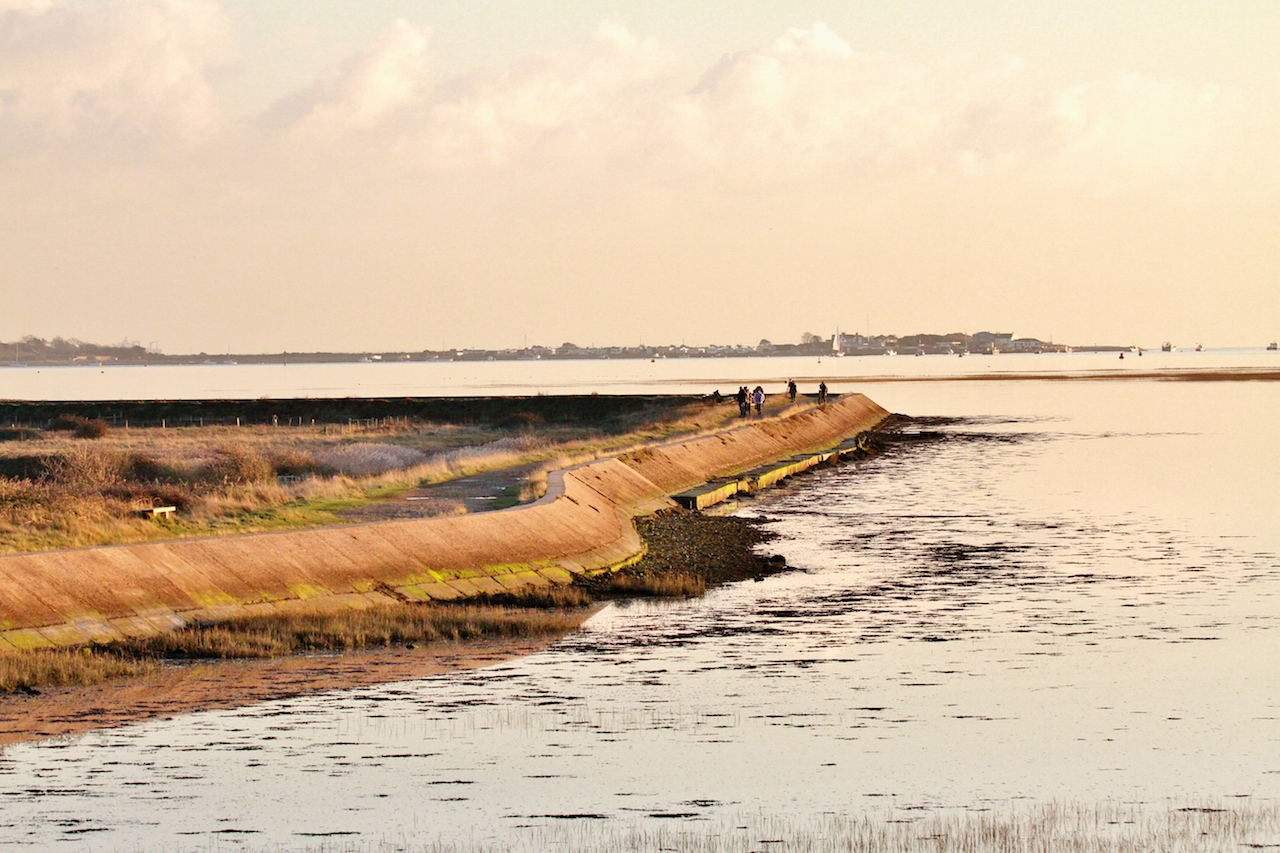

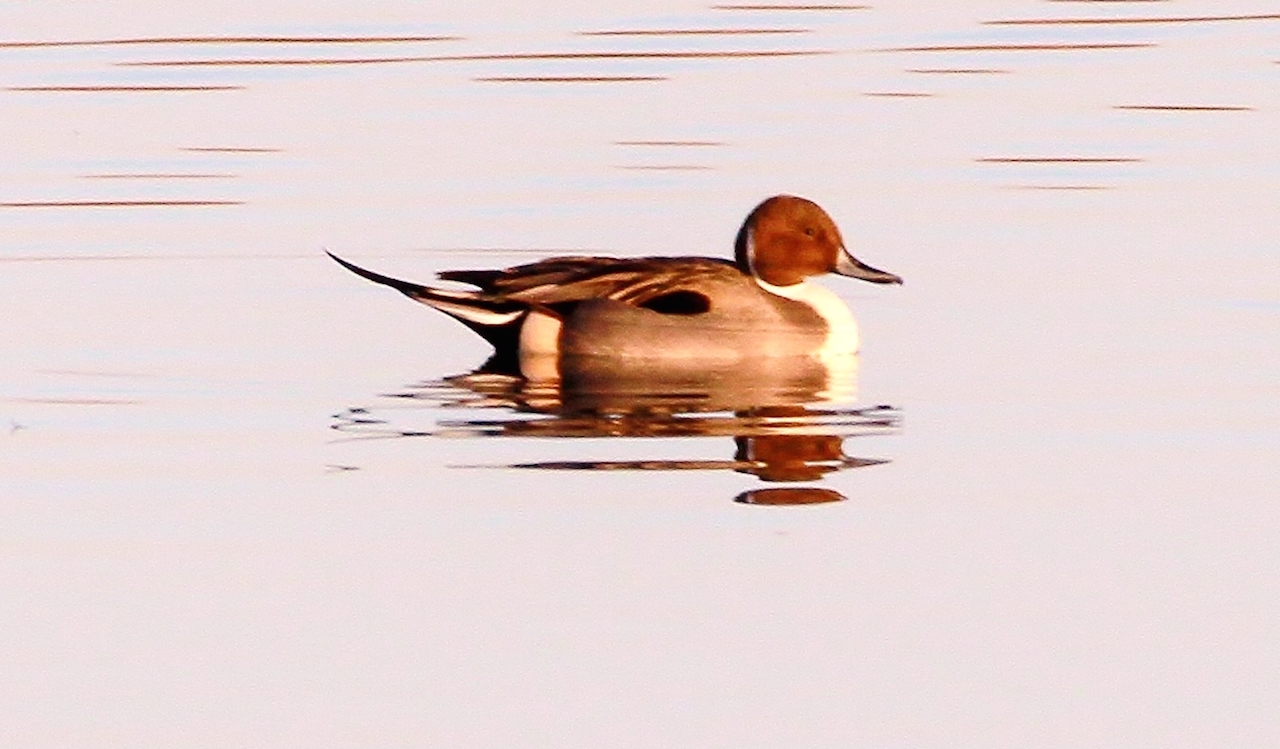

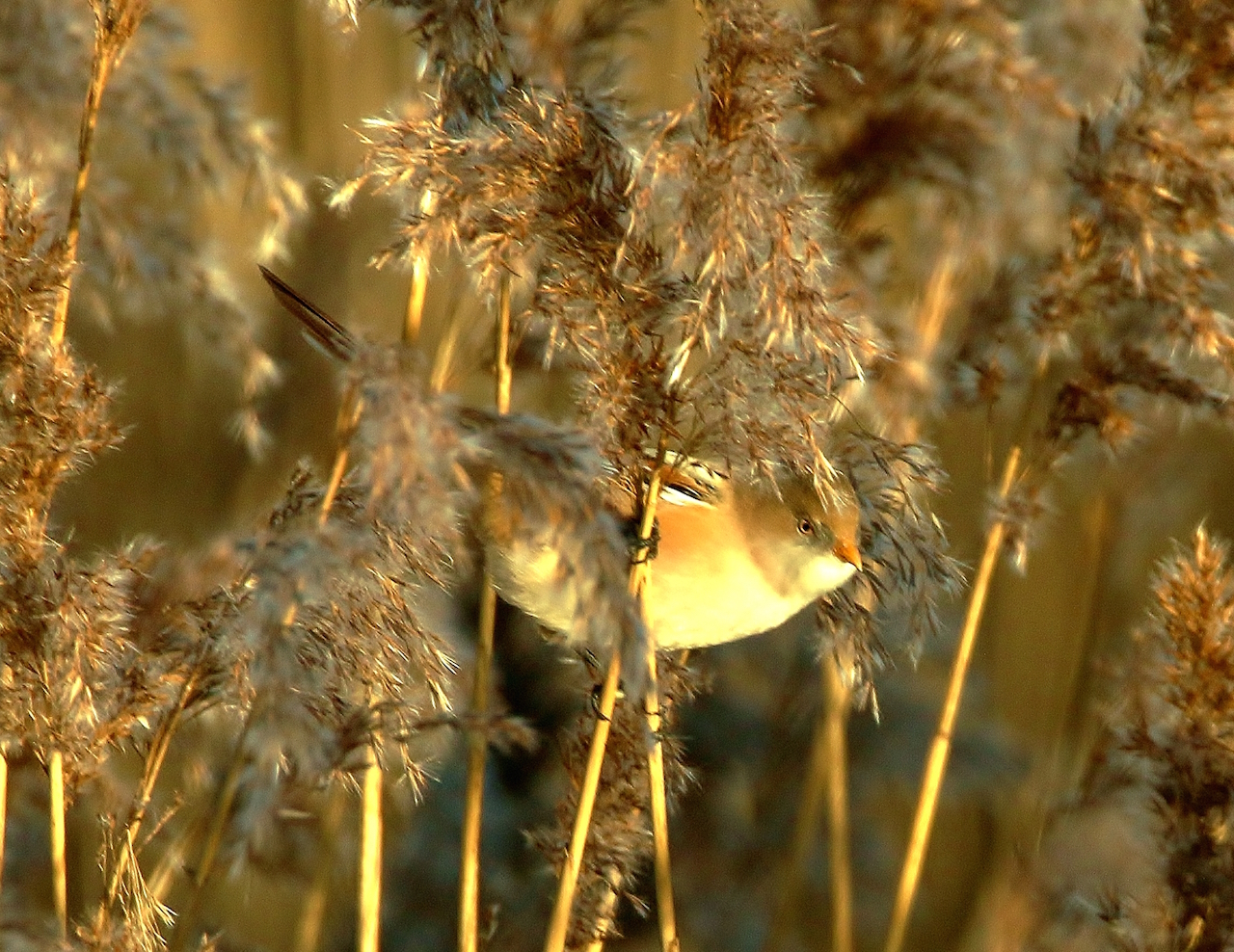
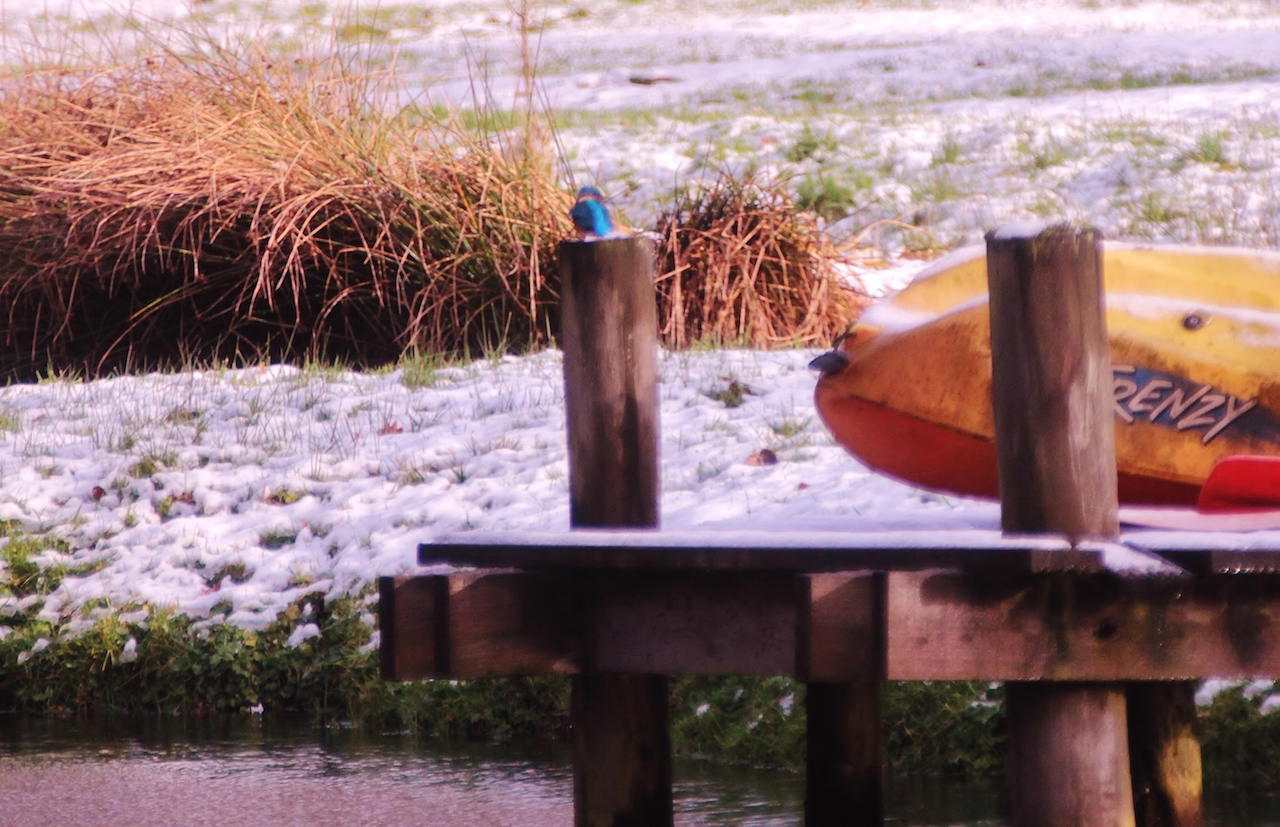


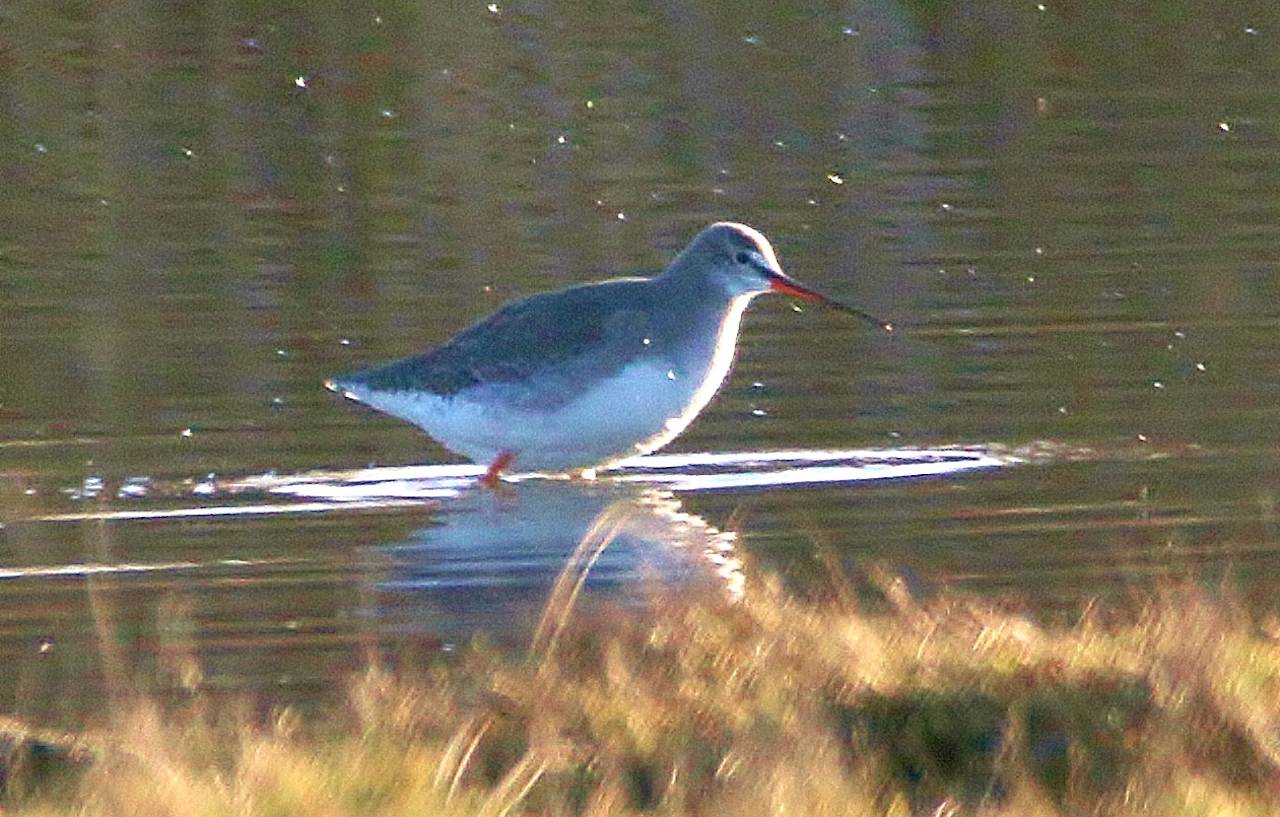





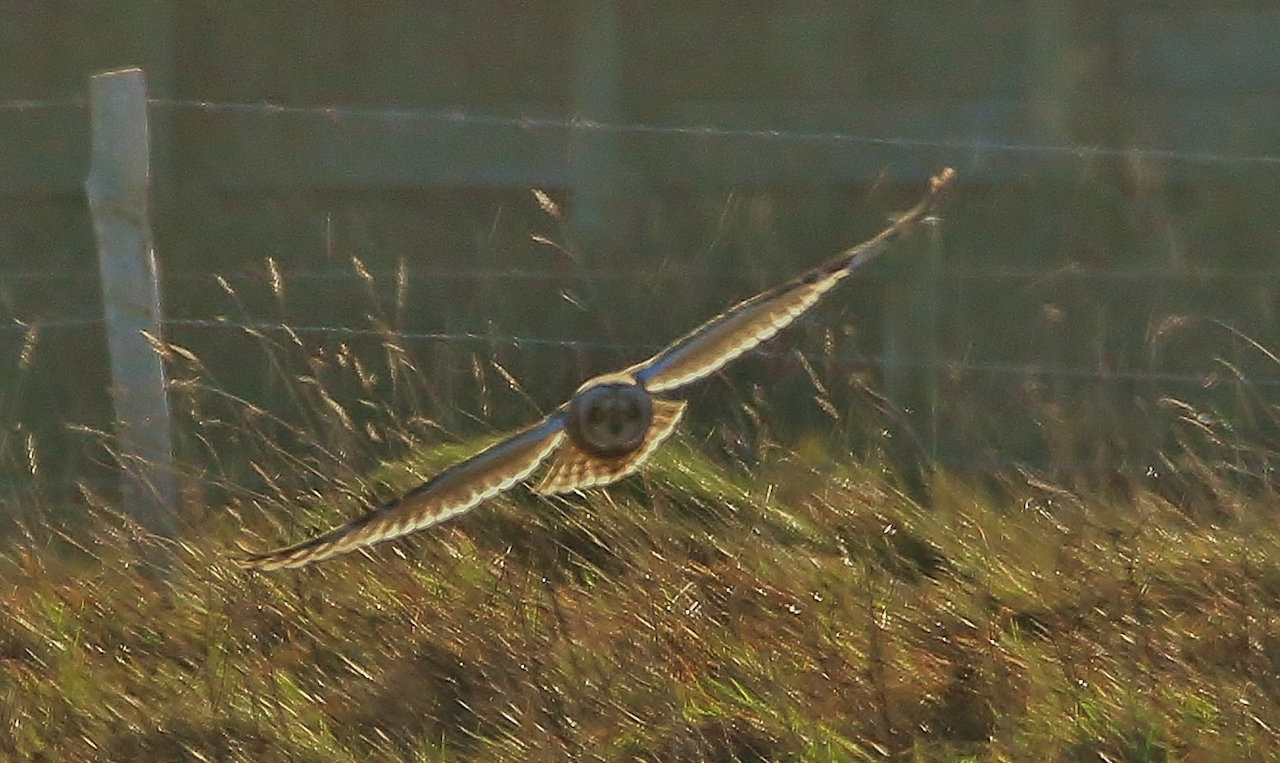
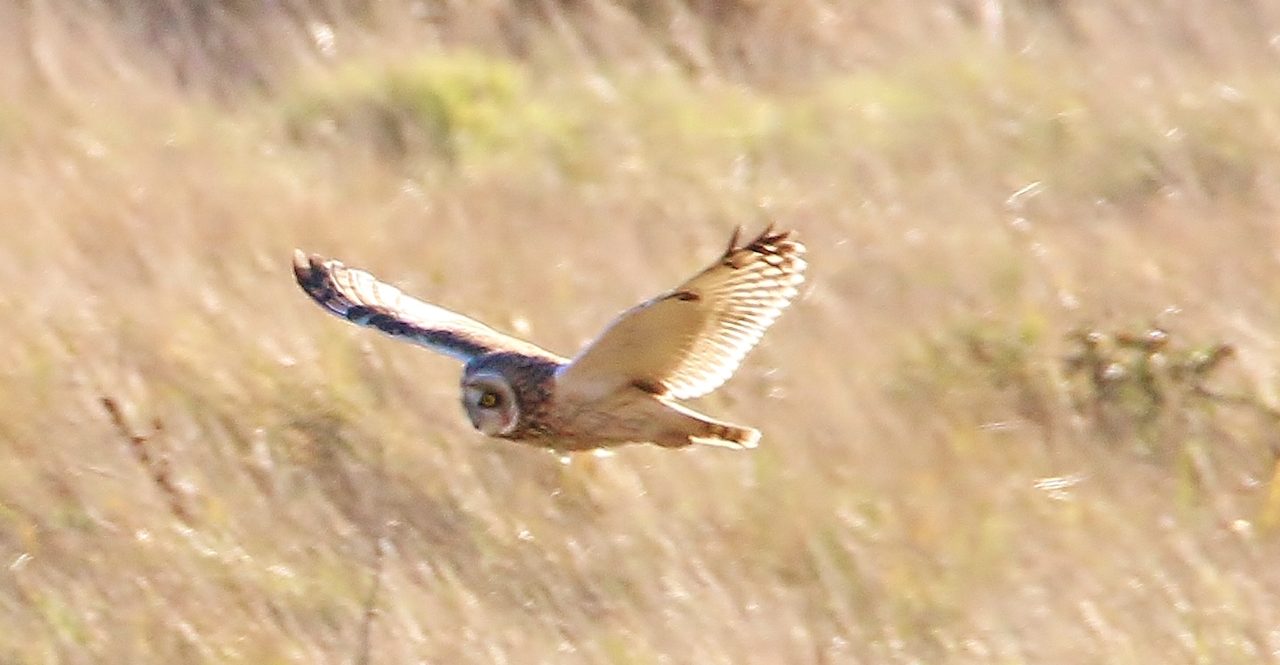

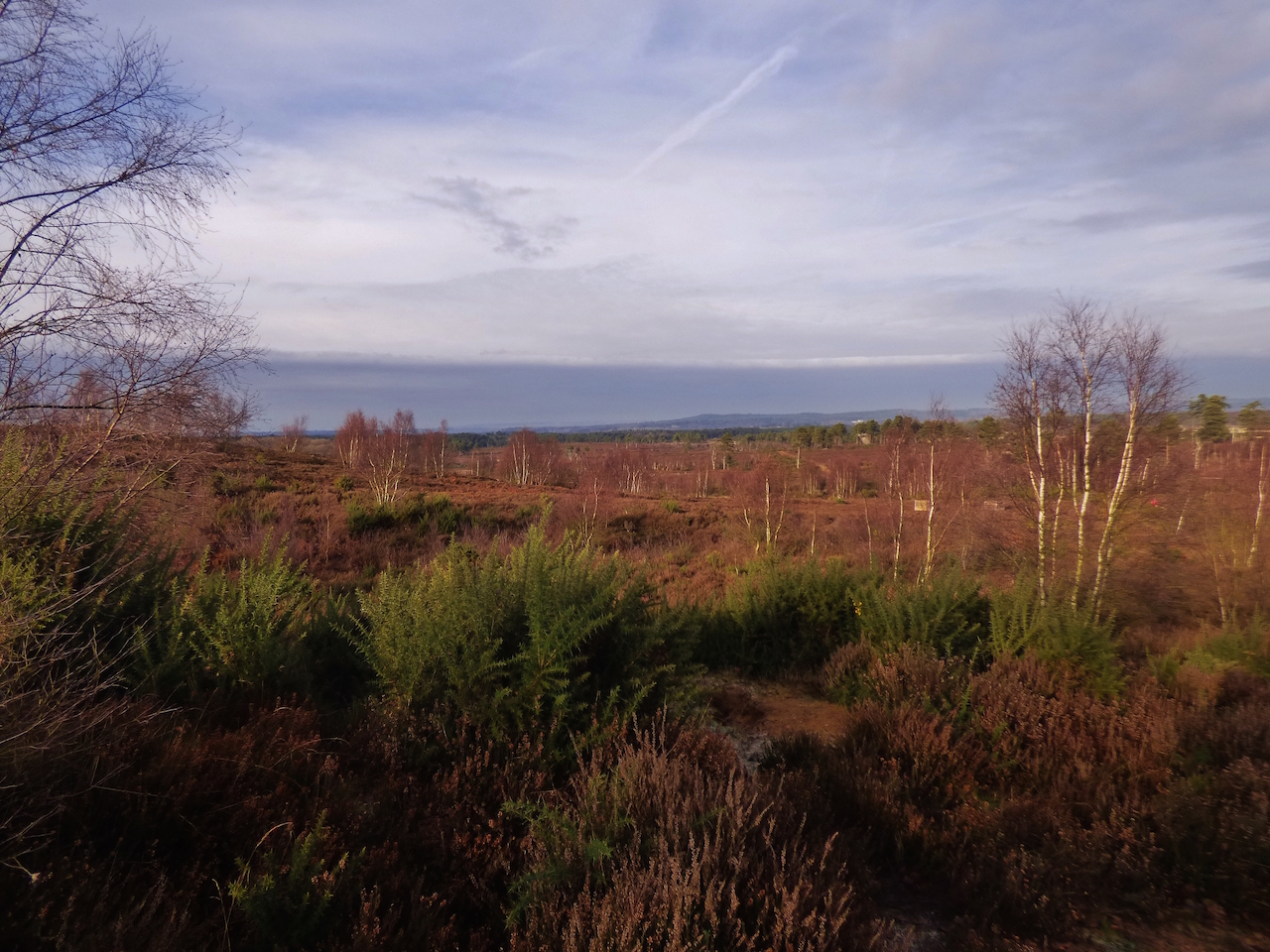
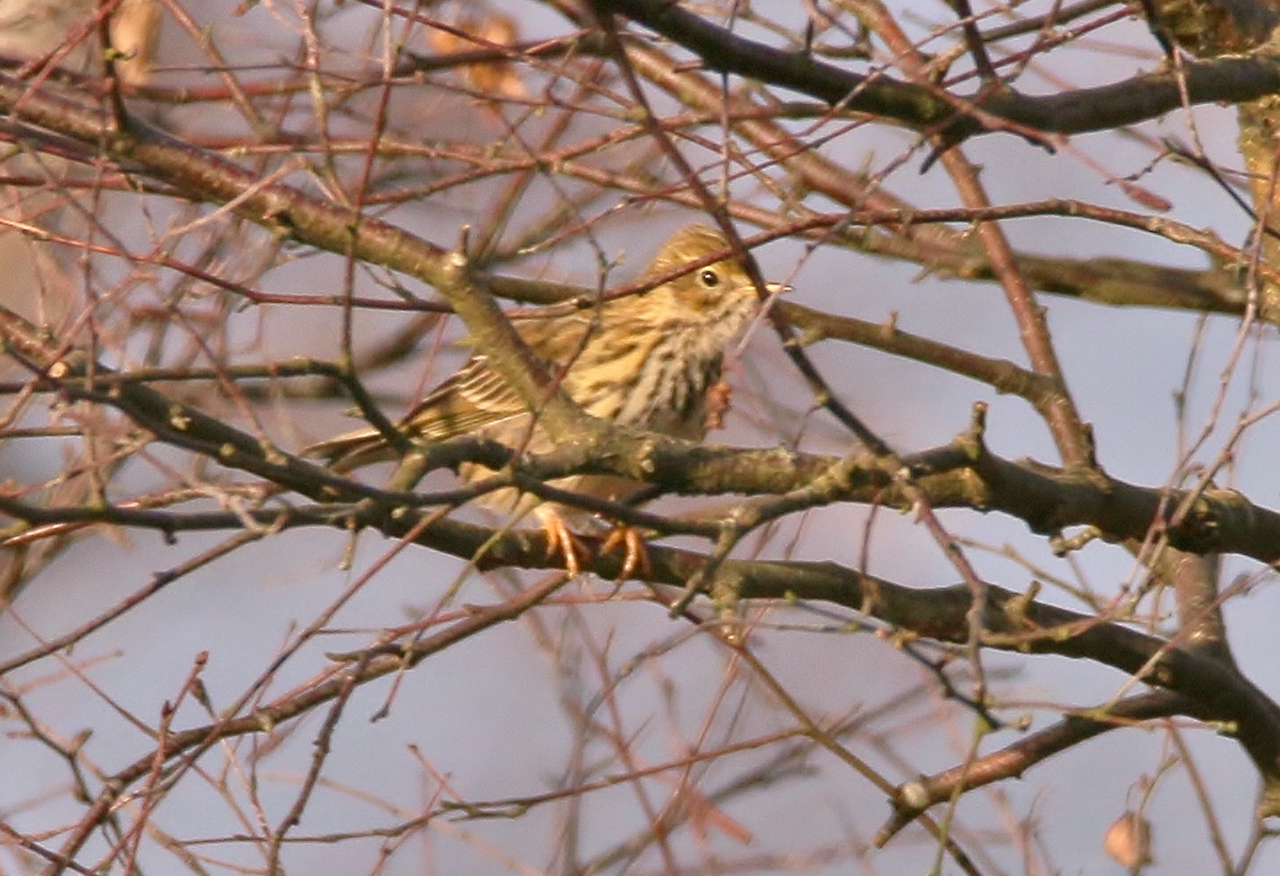
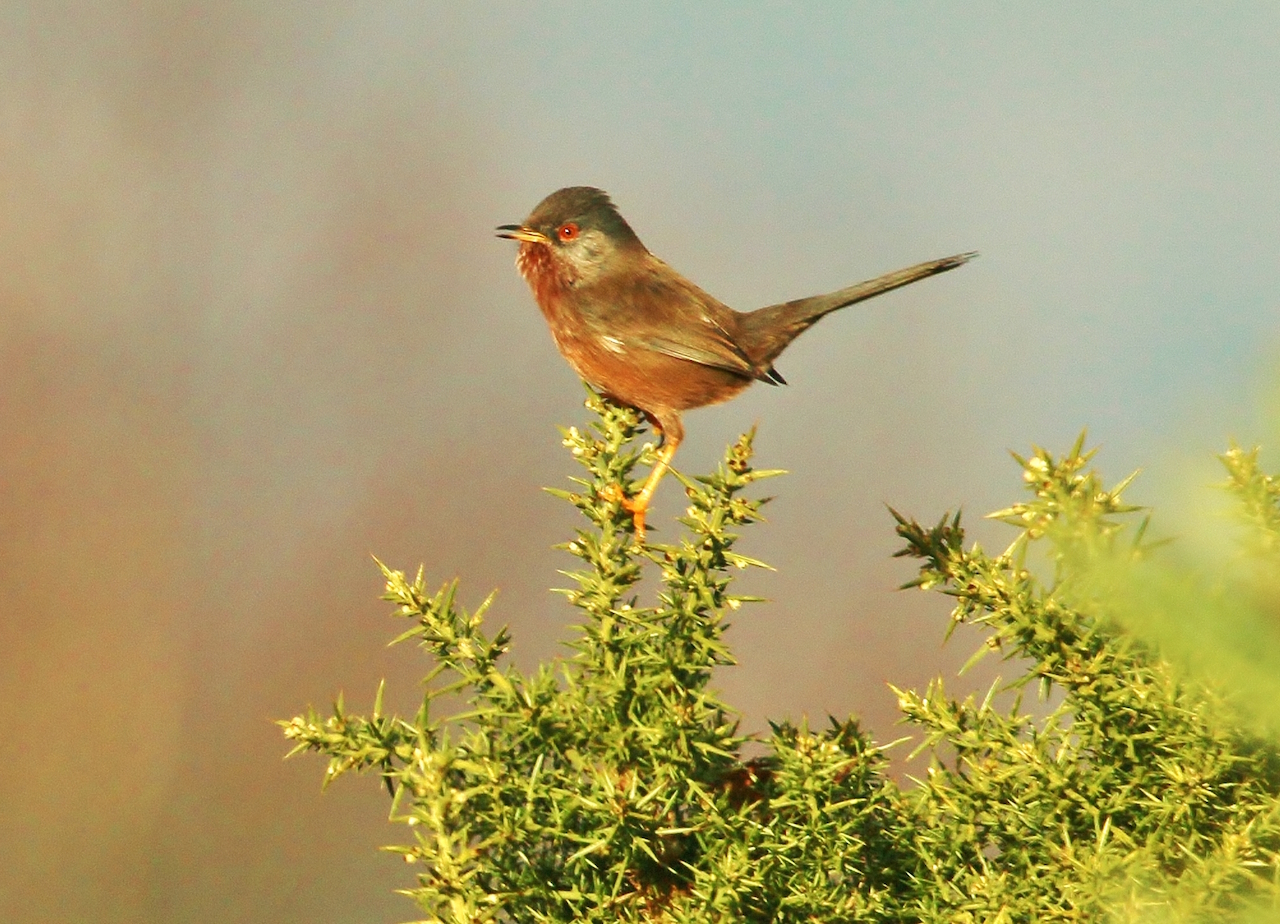
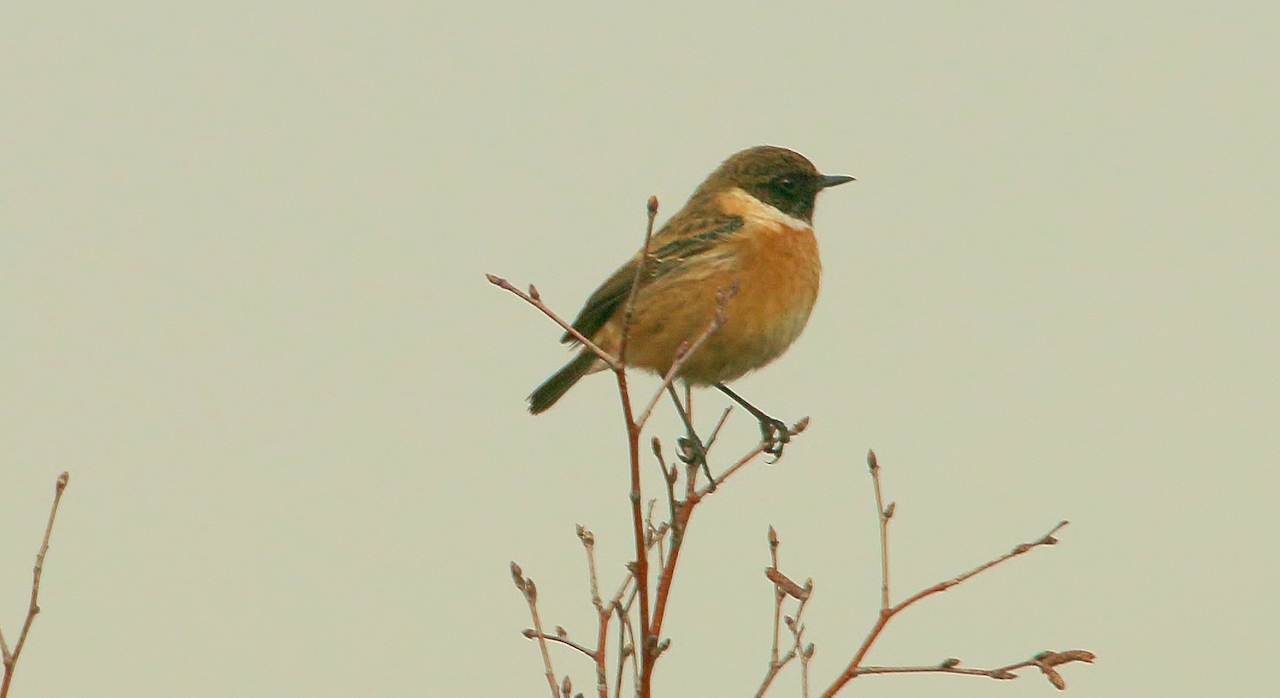
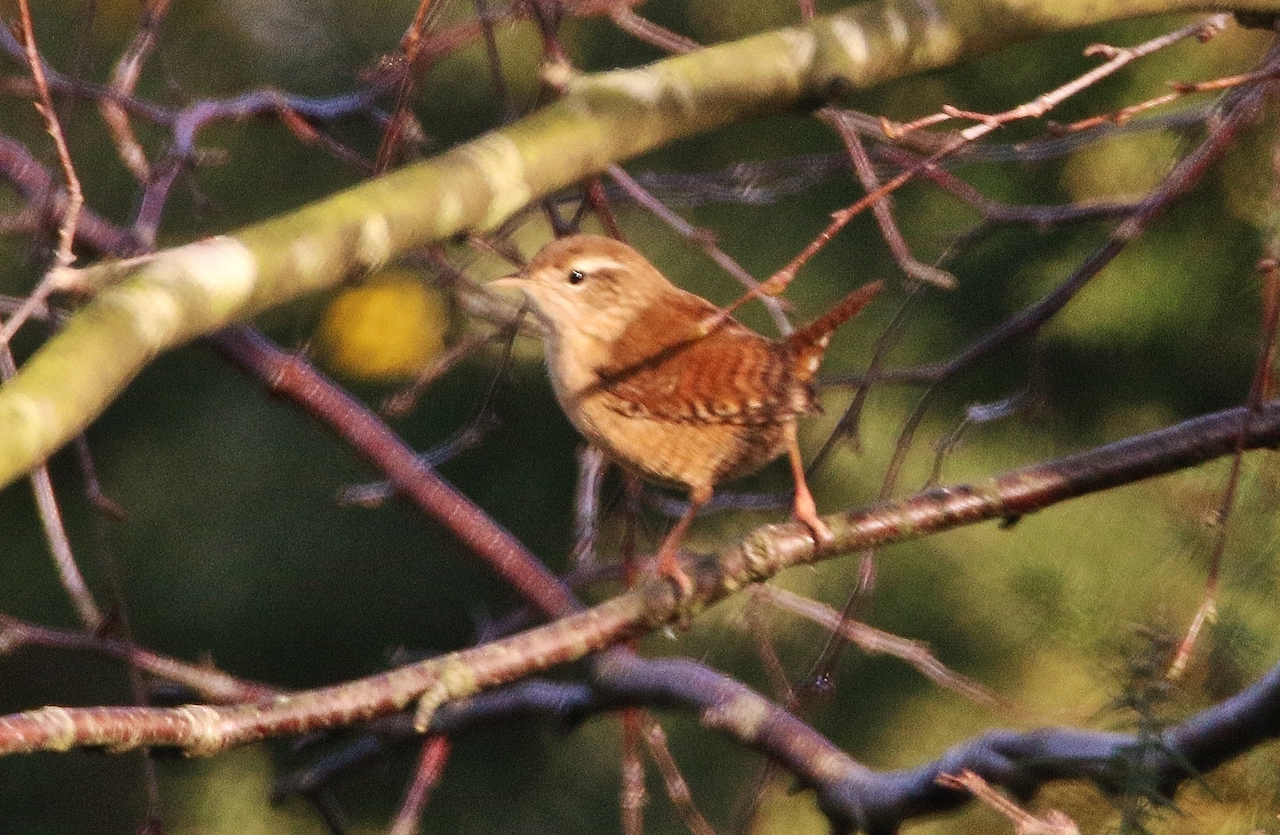
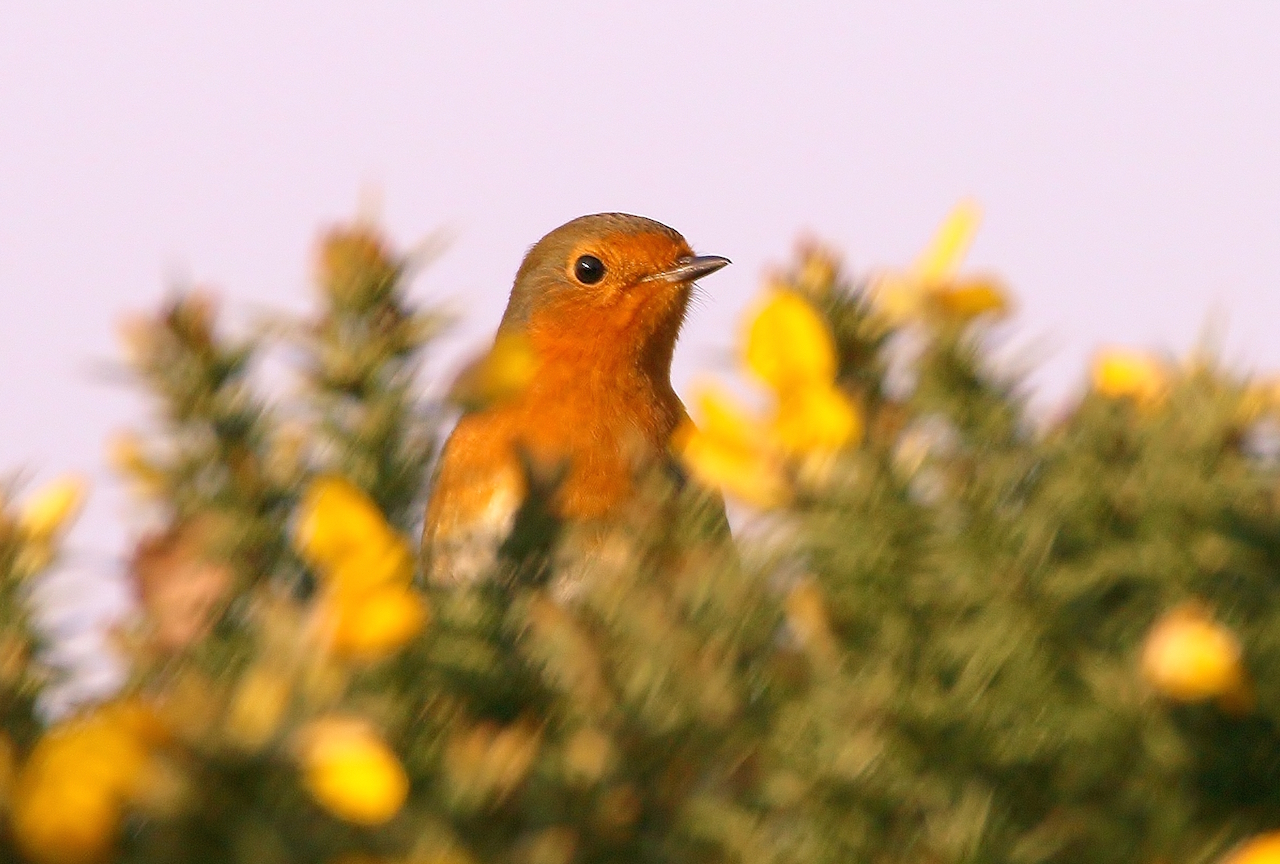

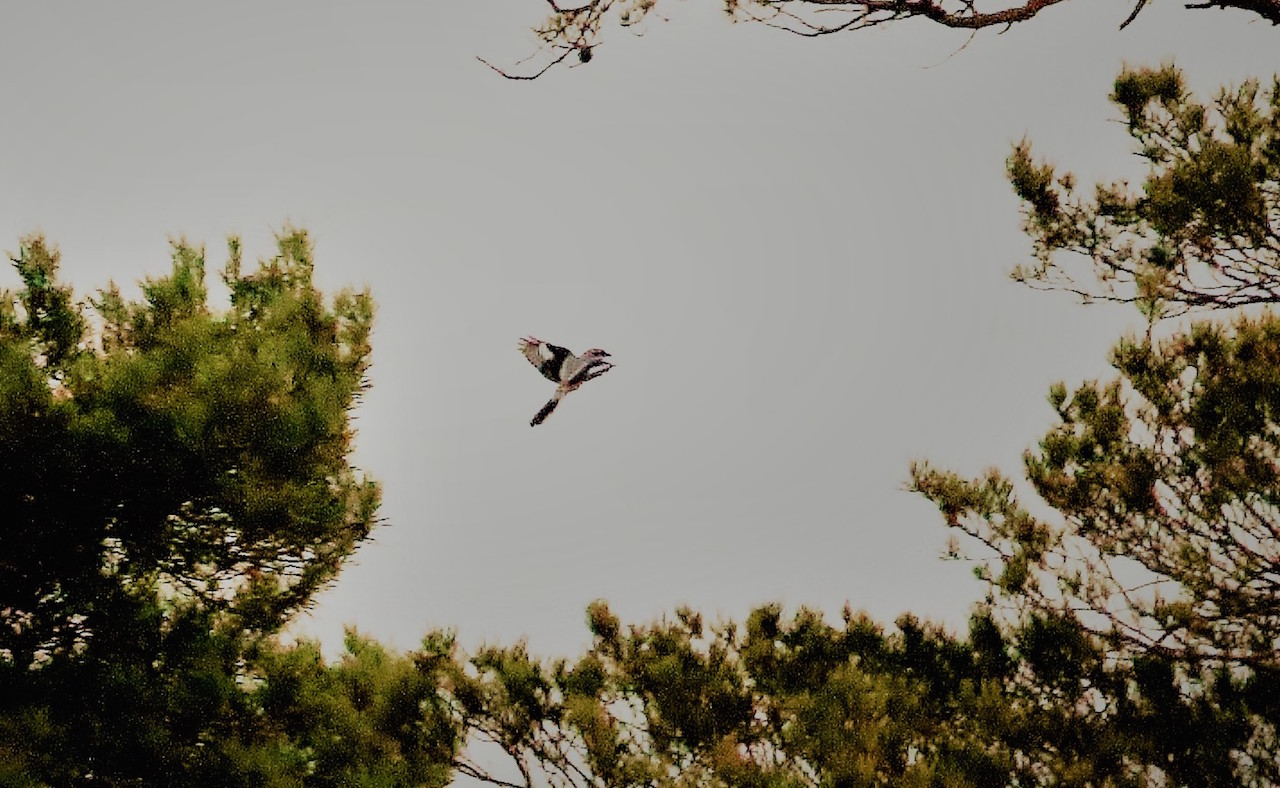
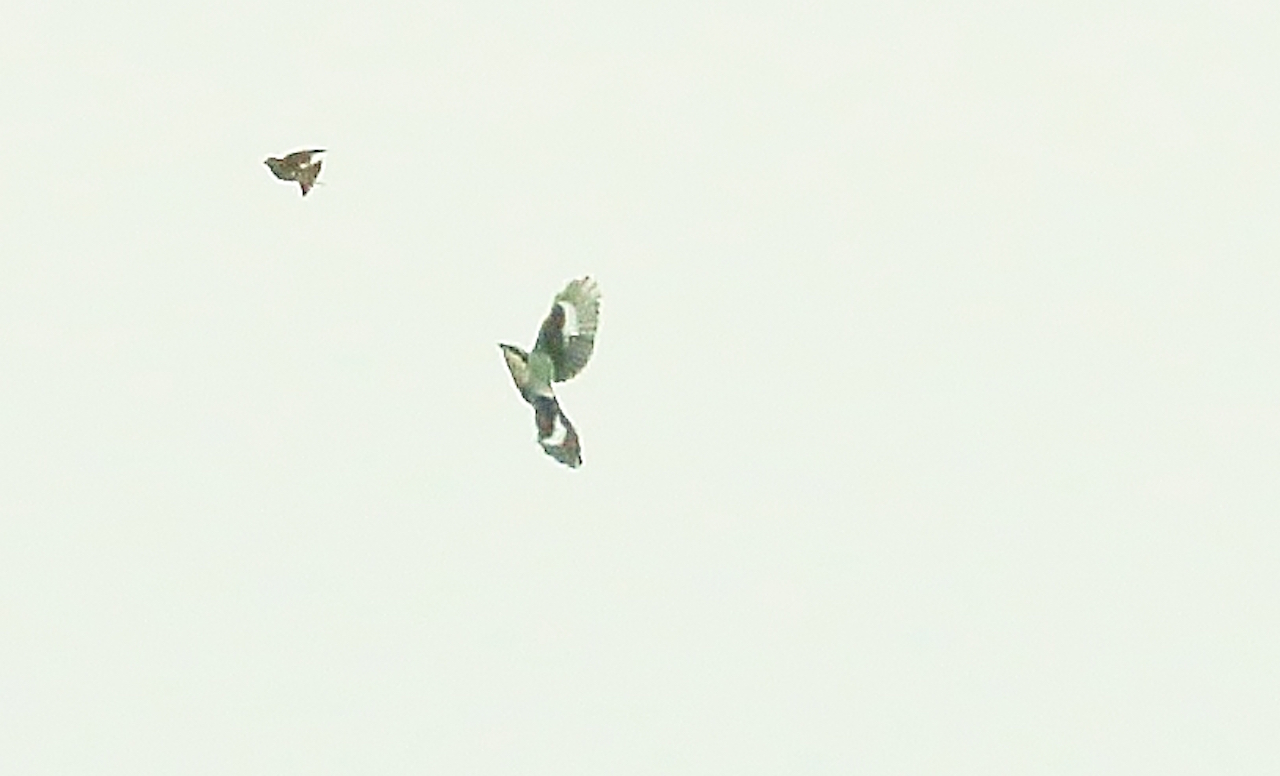
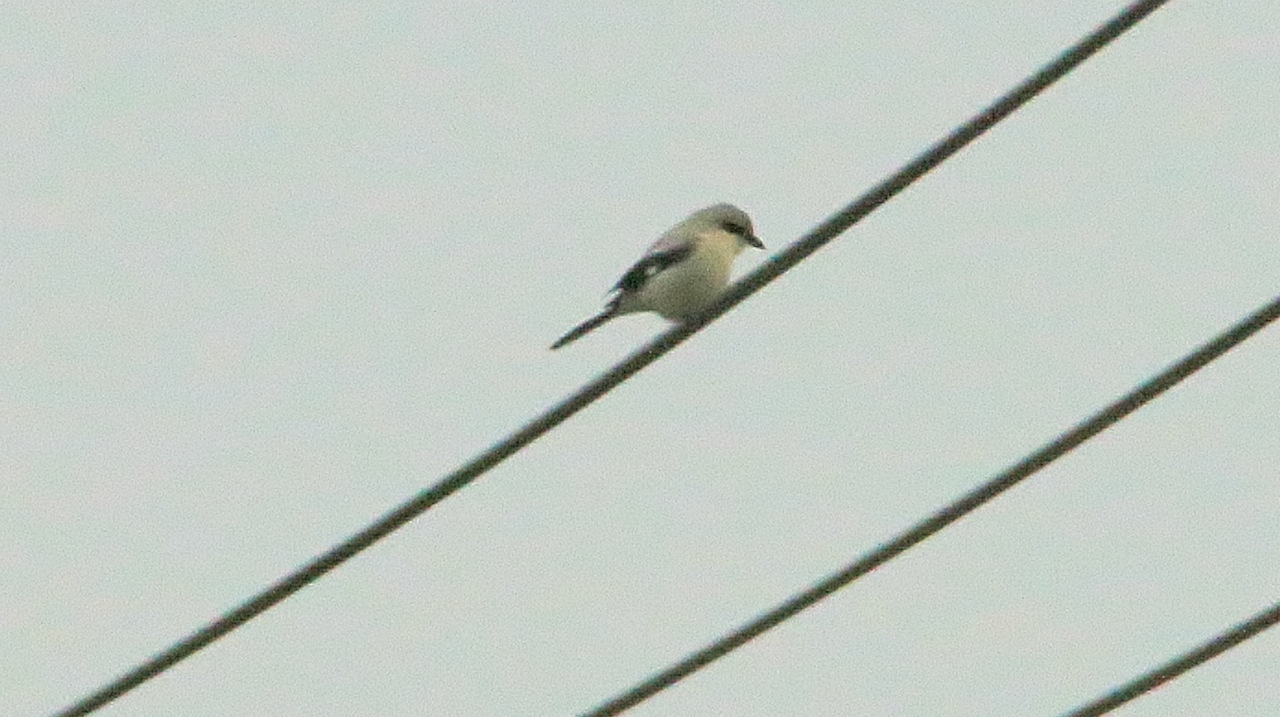
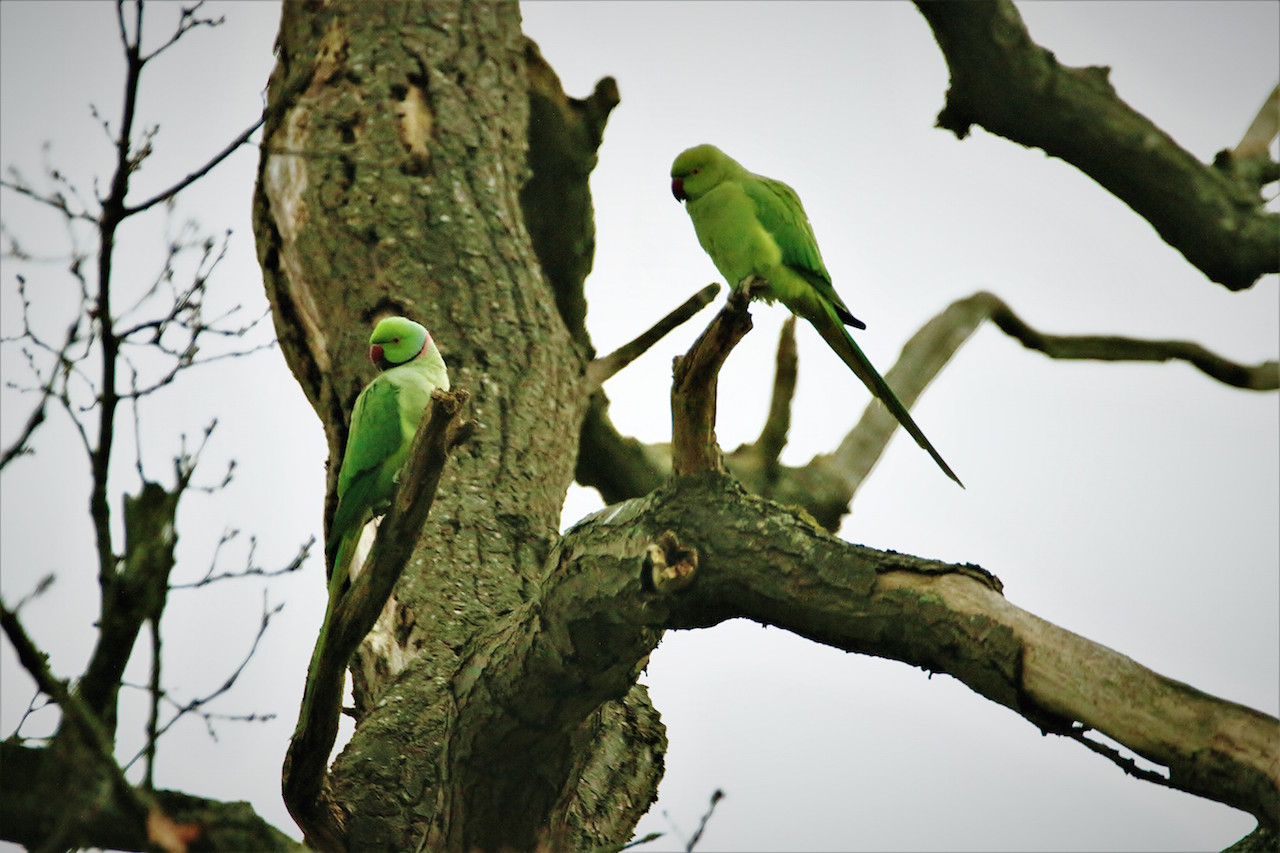
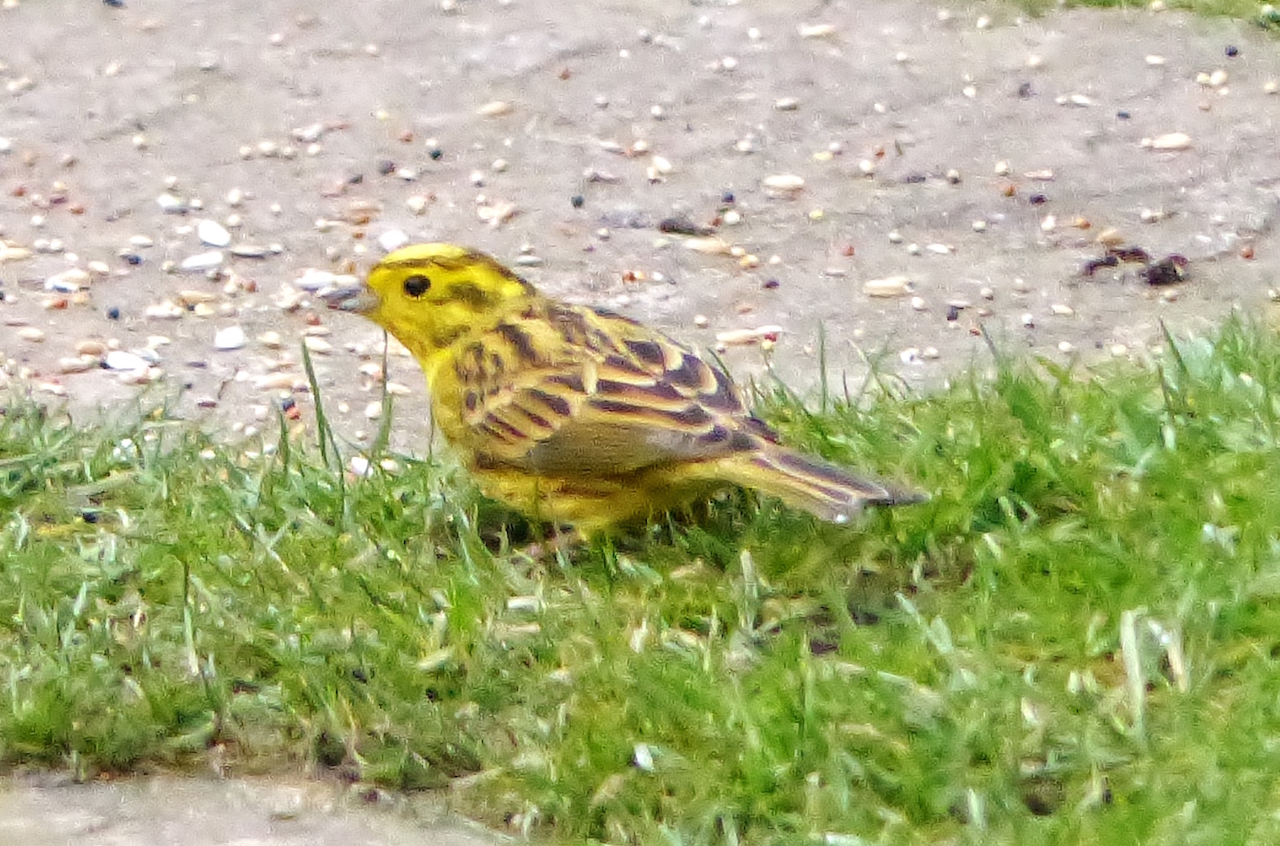
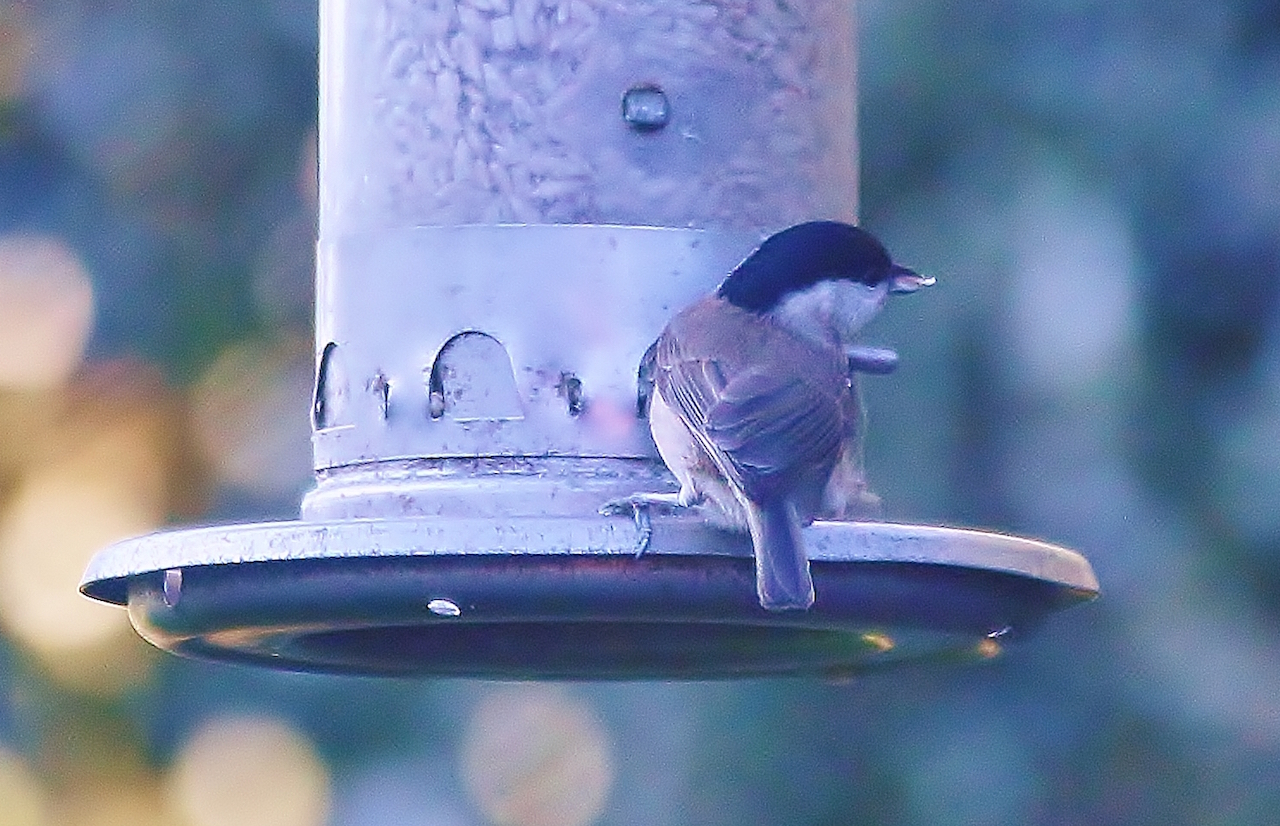
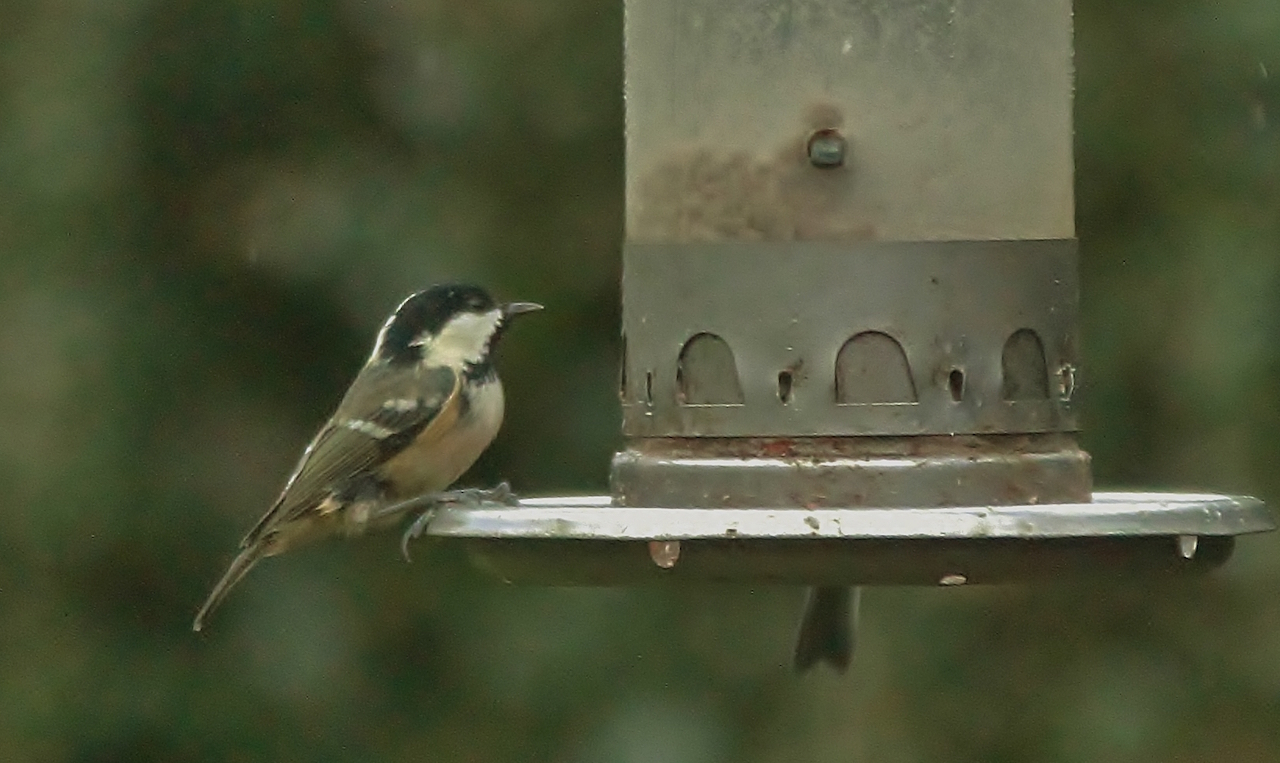


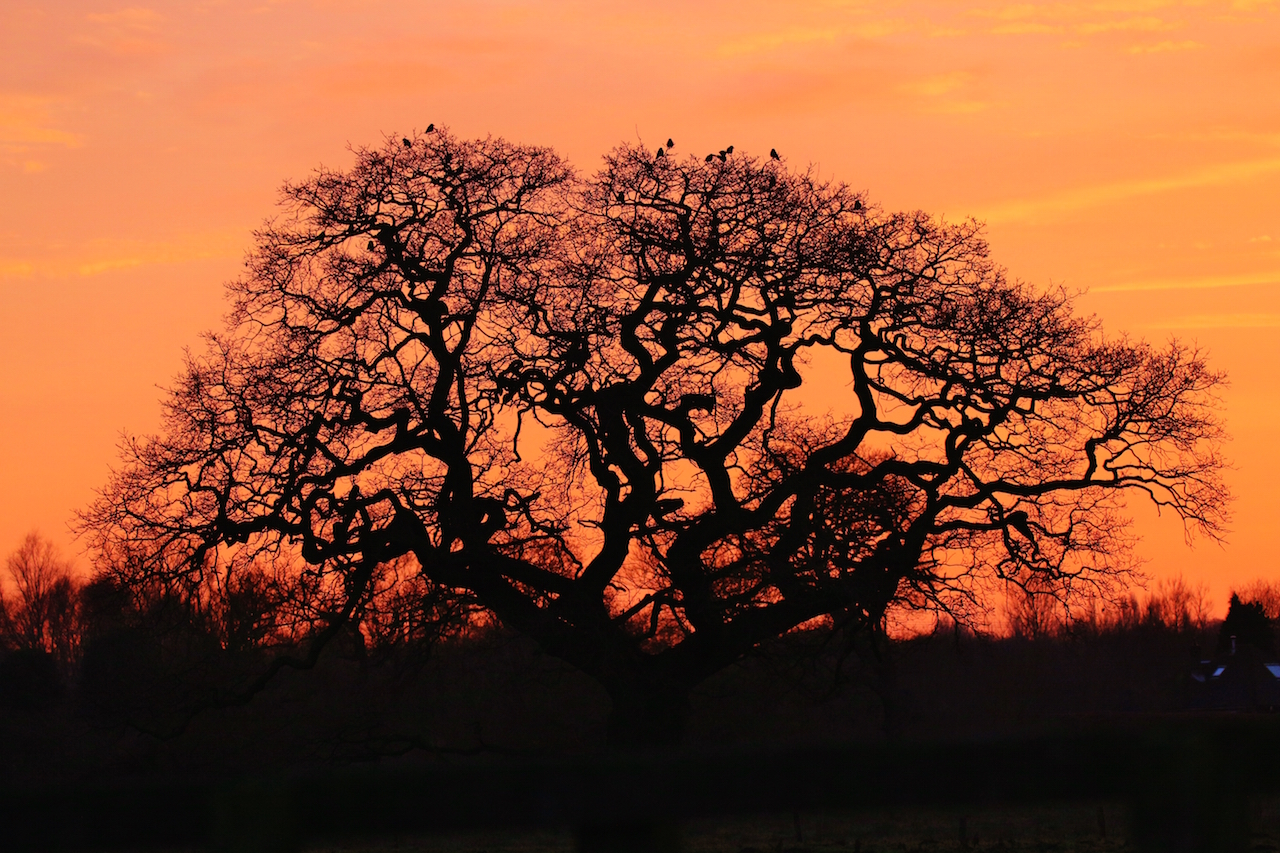
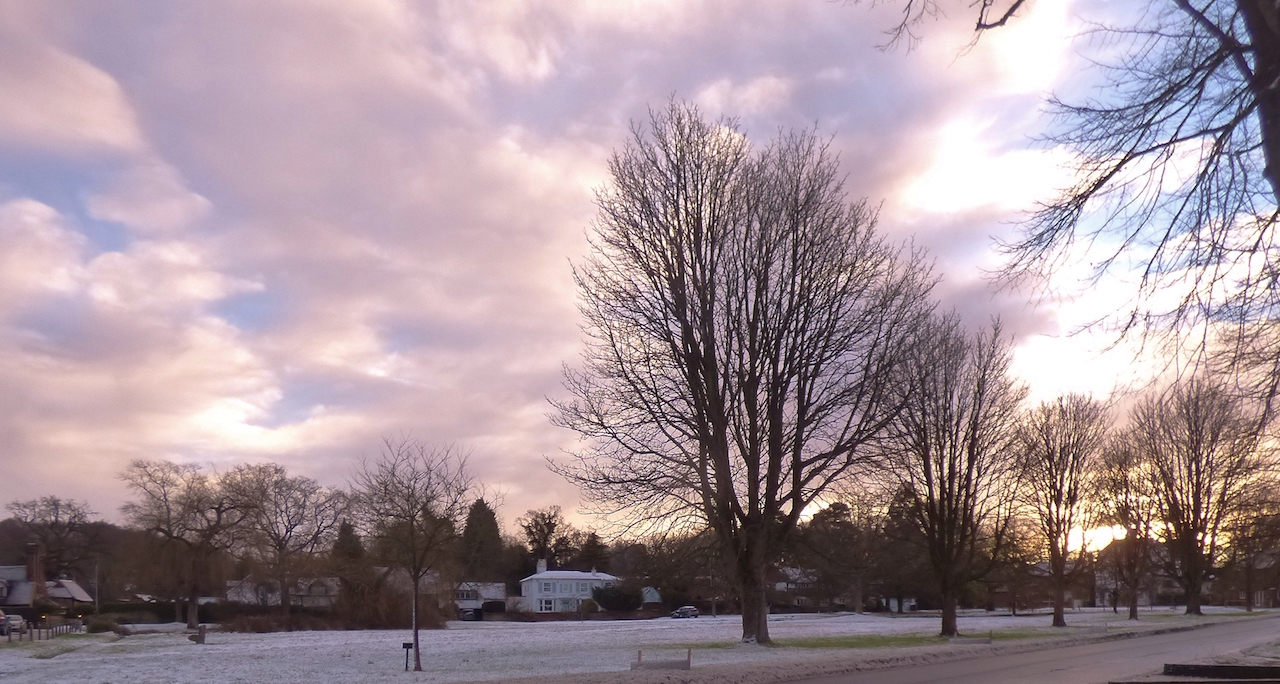
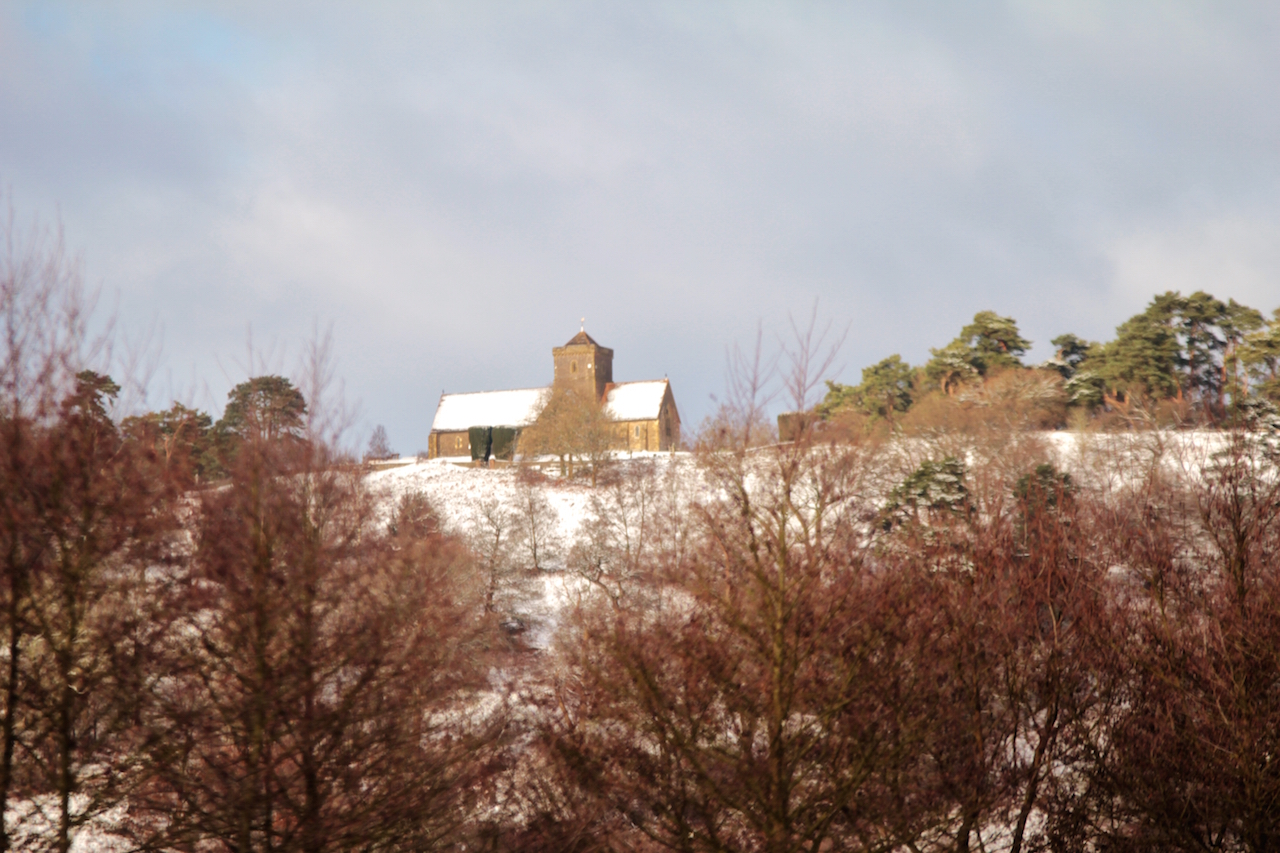
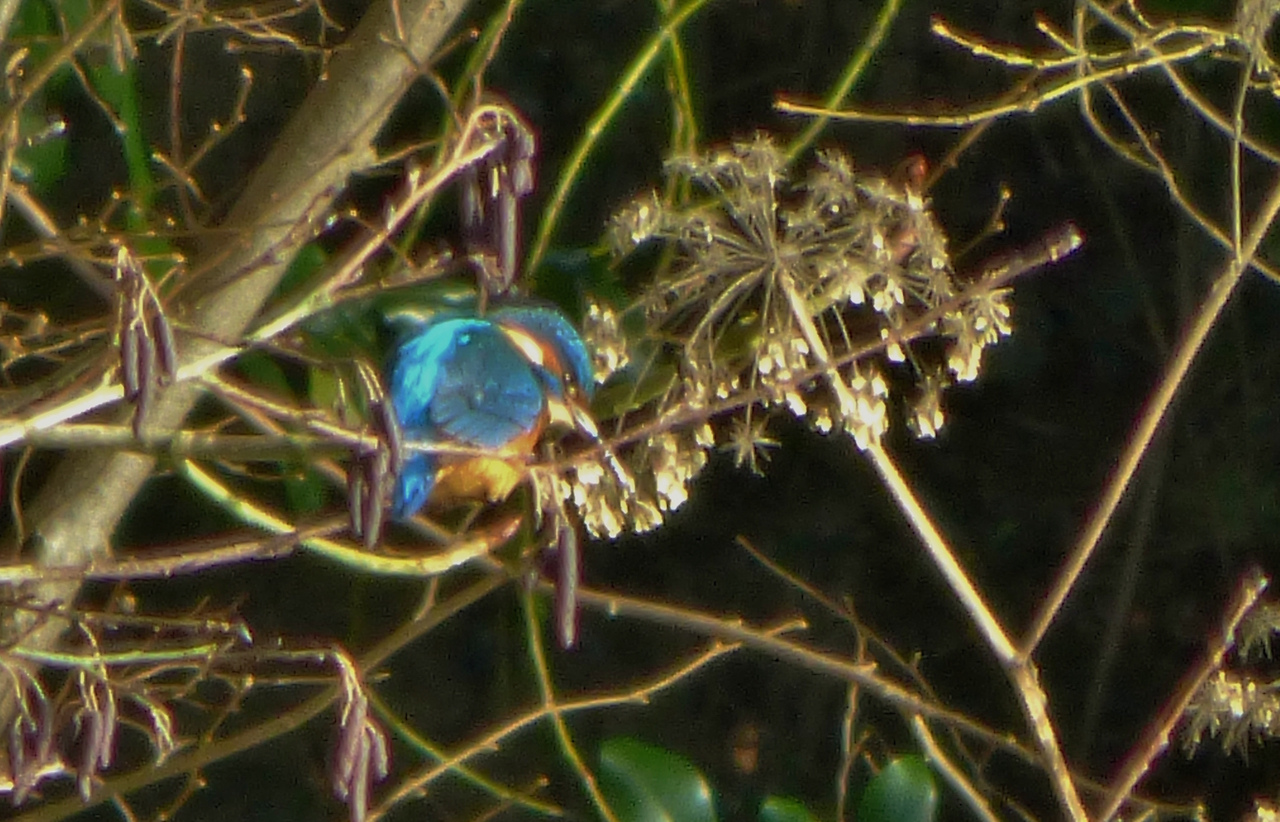


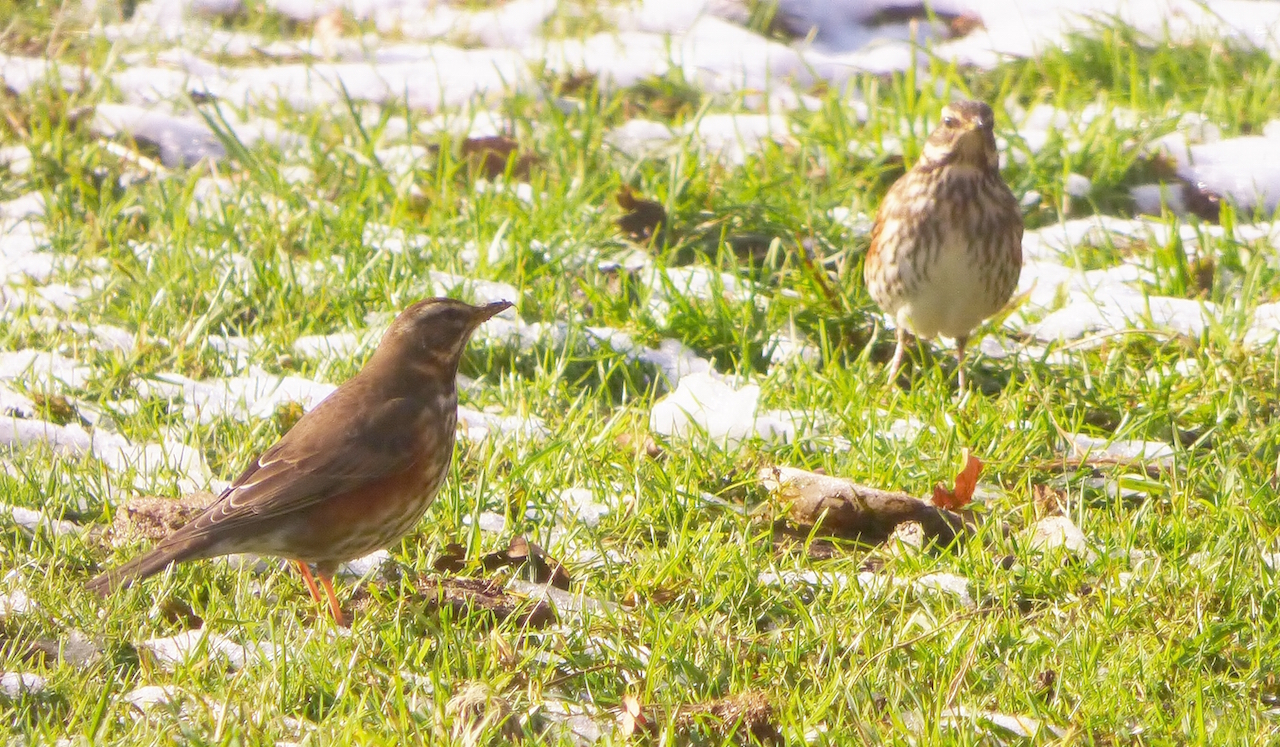


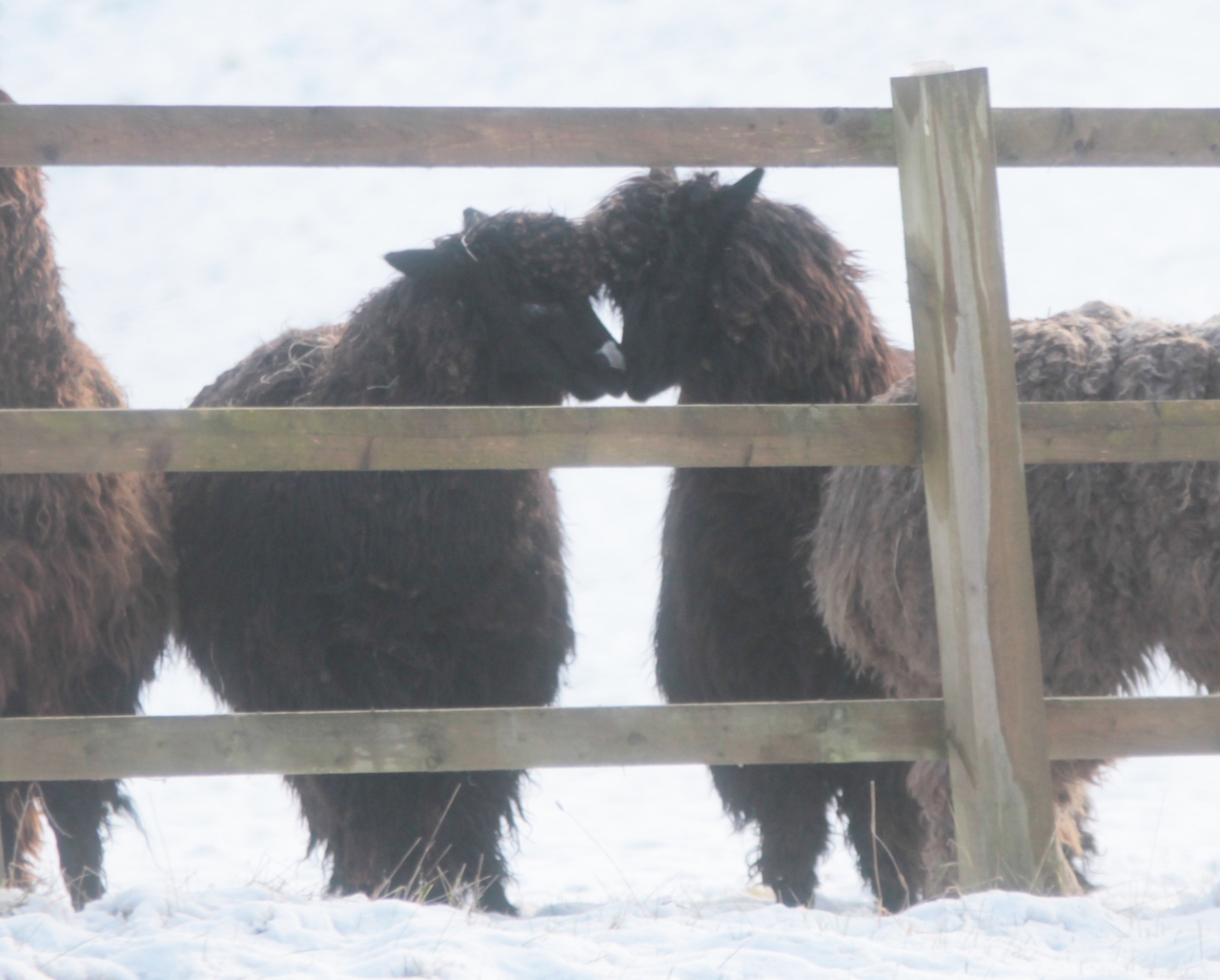






Mike Beer
February 6, 2017 at 12:43 pm
On Saturday Feb 4, in the Riverside Nature Reserve I heard a singing Chiffchaff. Is that possible?
I got as close as I could to the tree the bird was in. I didn’t see it, but the song was unmistakeable.
Malcolm Fincham
February 6, 2017 at 11:31 pm
Although not having personally heard a chiffchaff, singing its ‘infamous’ call yet this year. It is quite possible, that is what was heard.
I have heard them singing on sunny days in January at a number of locations, including Riverside Nature Reserve, in previous years. Whether this is an early territorial display or a bold attempt to attract a partner, I’m not sure, but I’ll be especially listening out for one on my next visit.